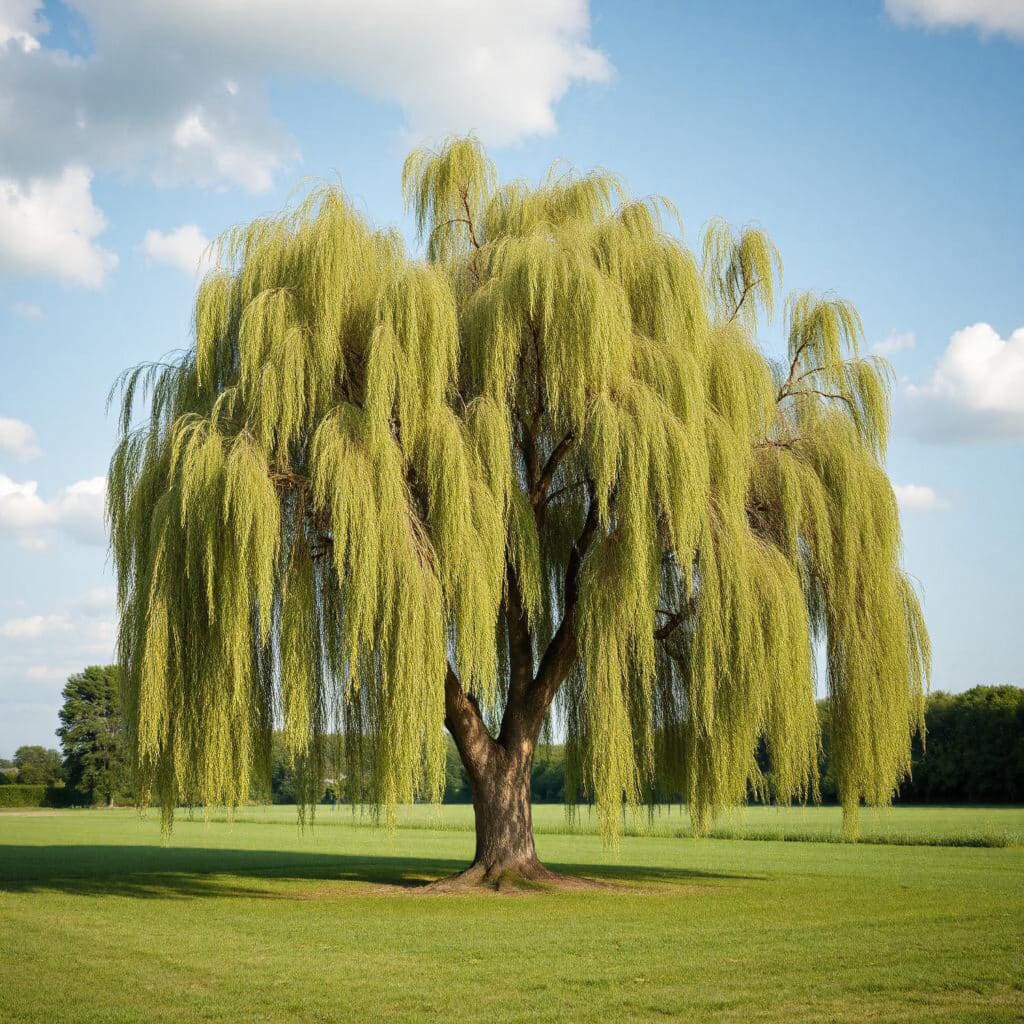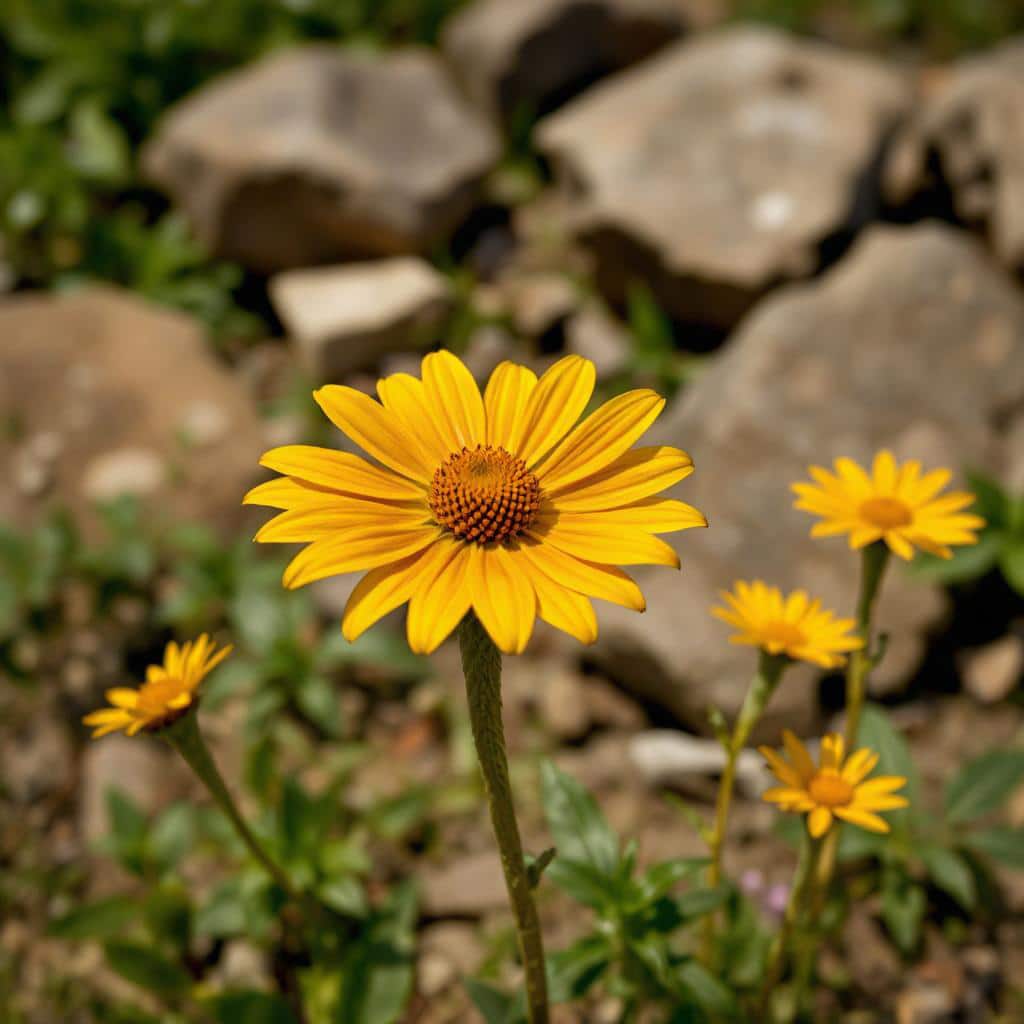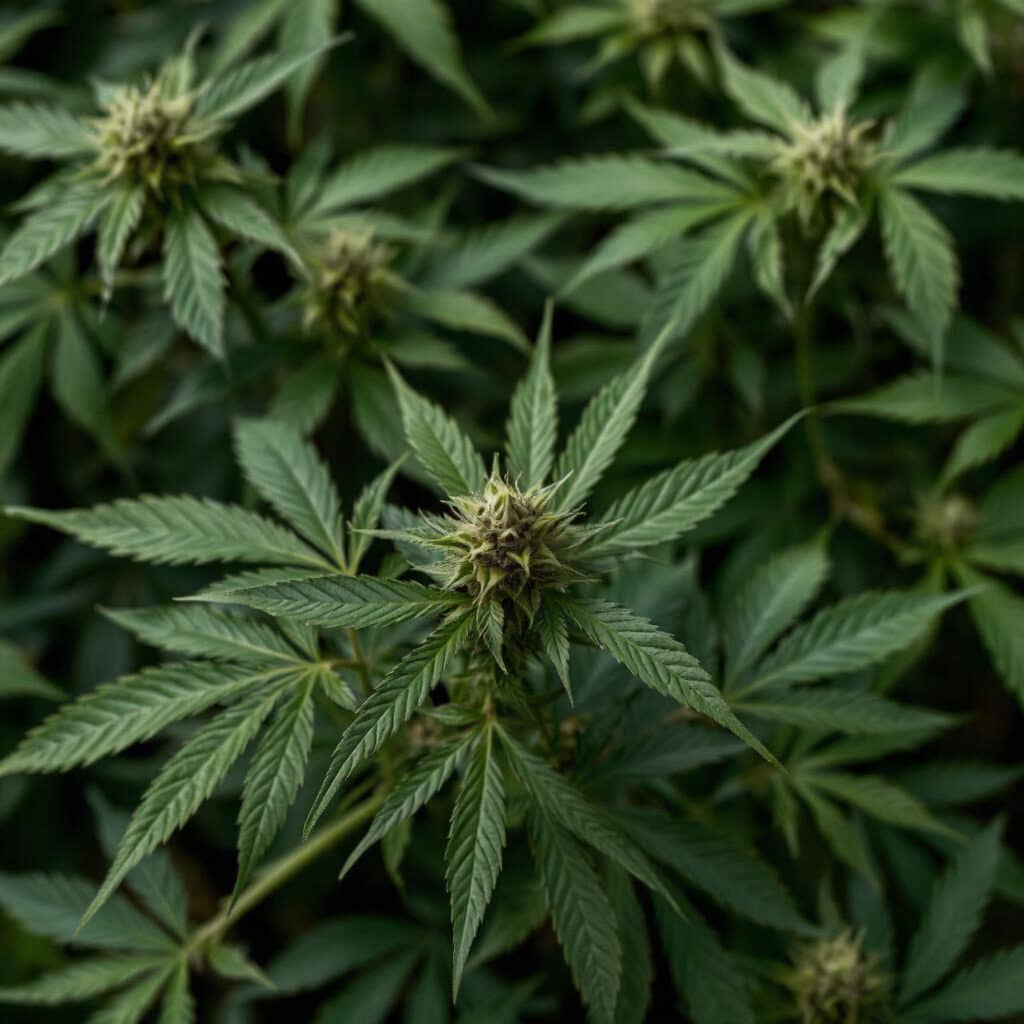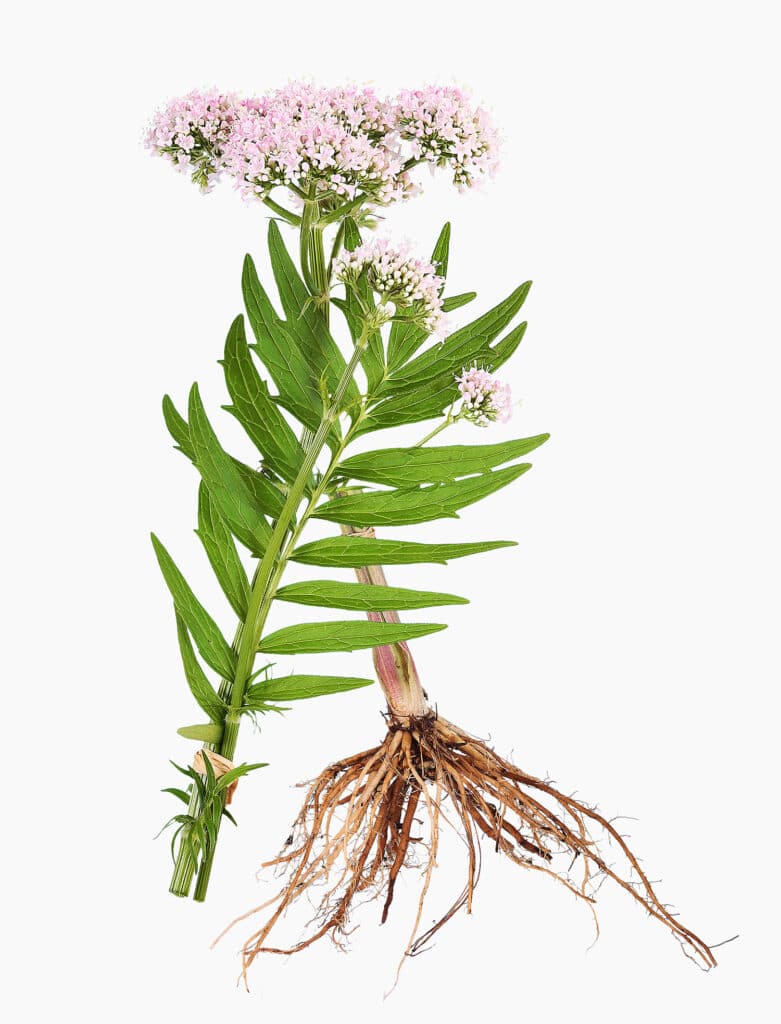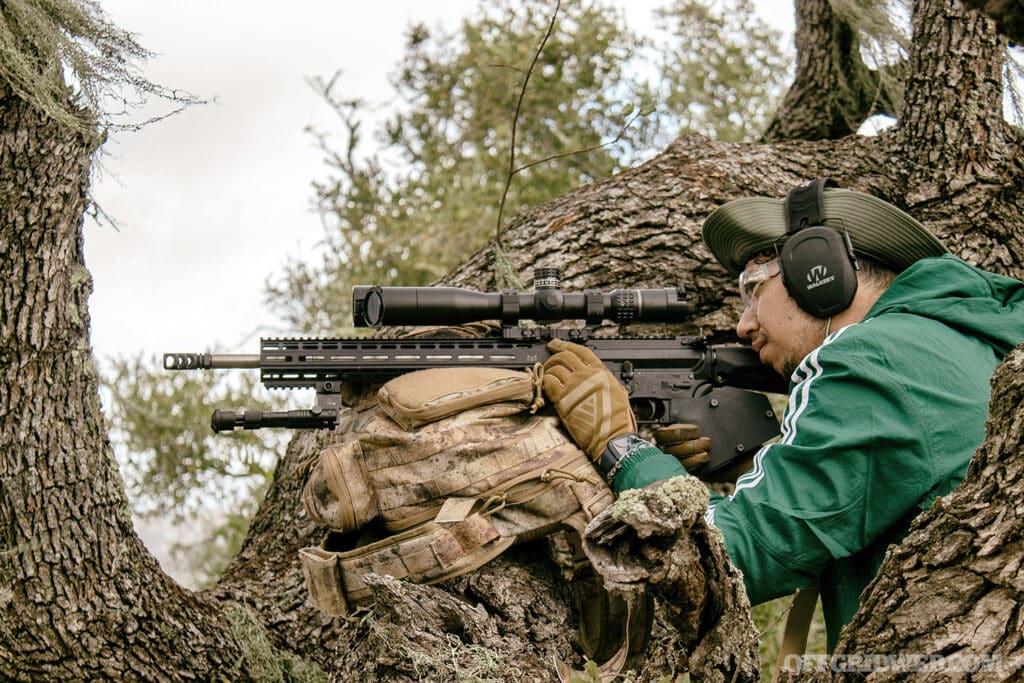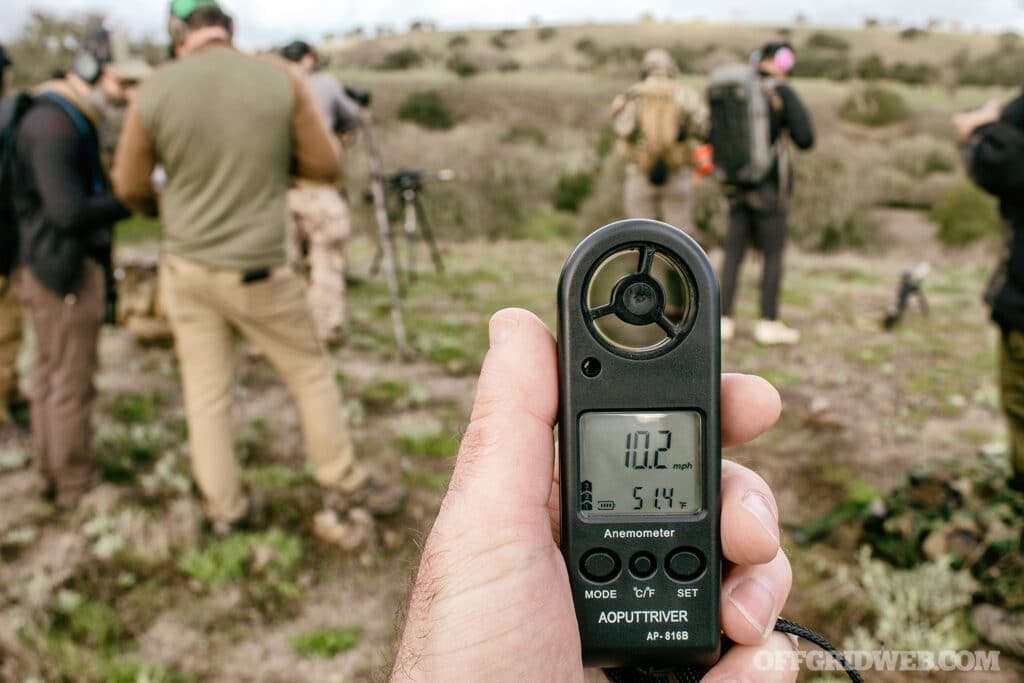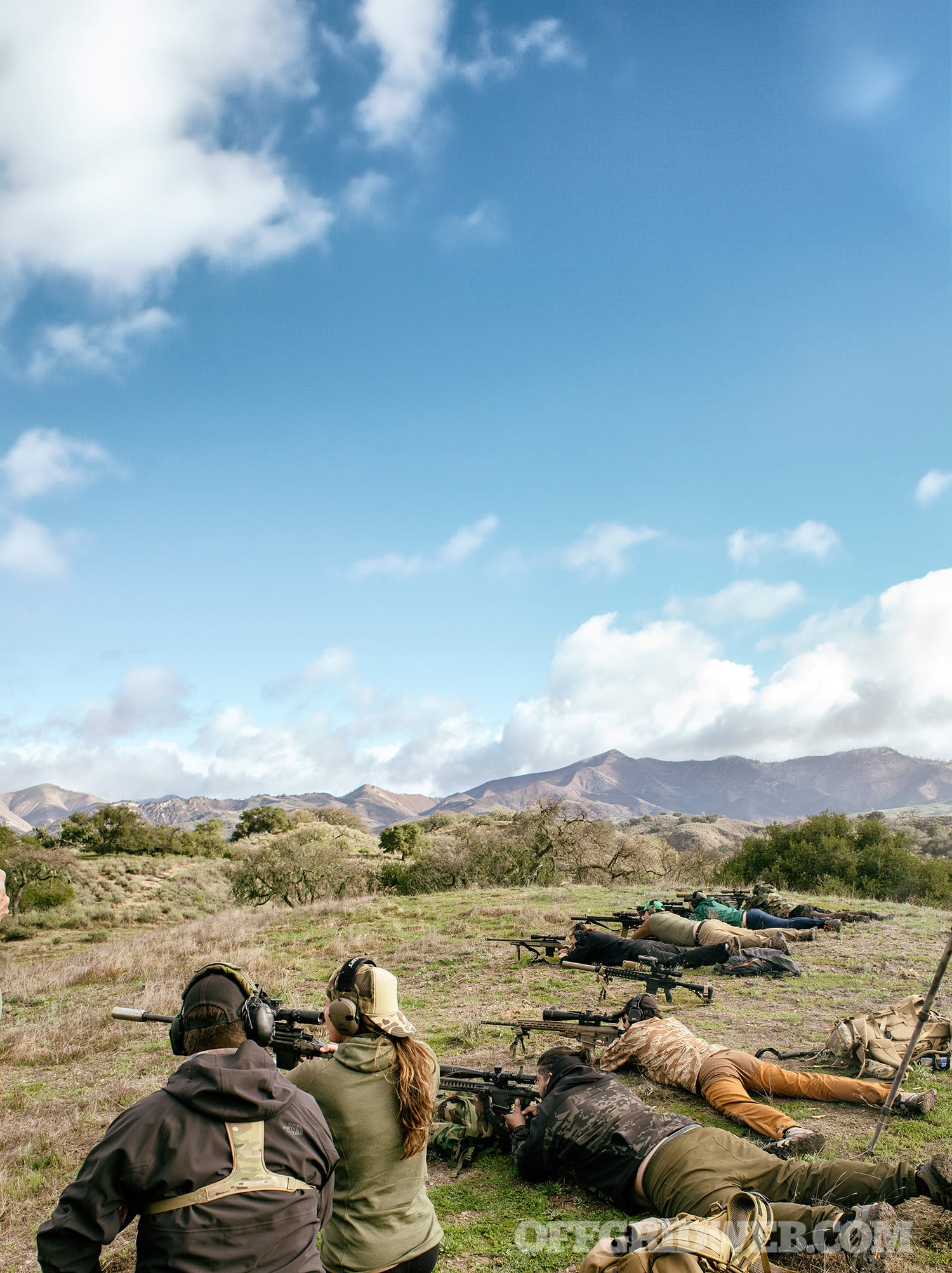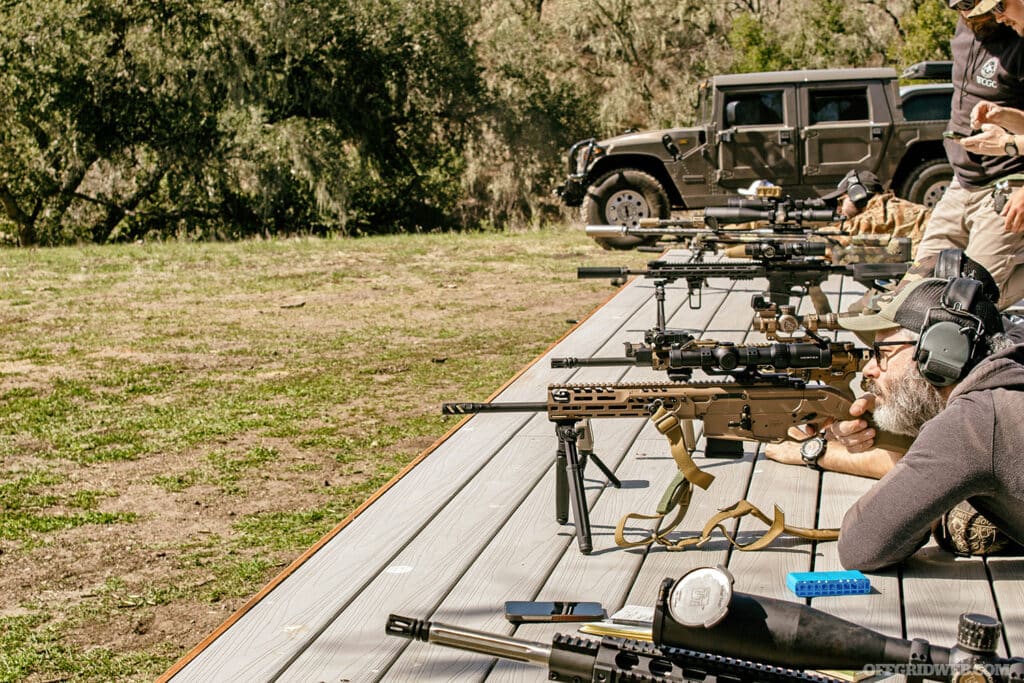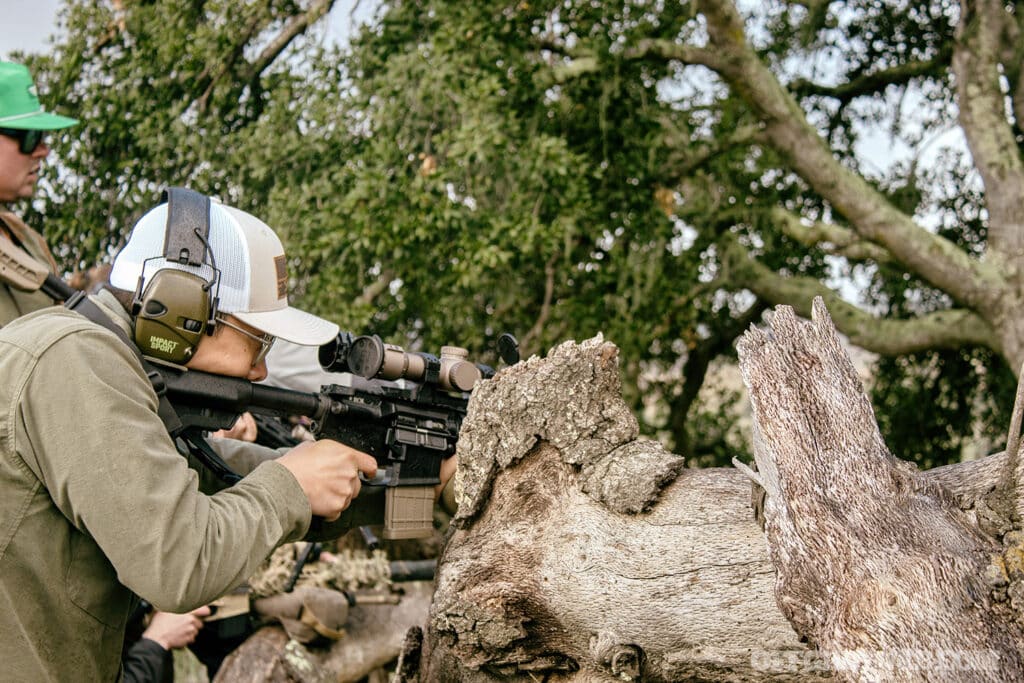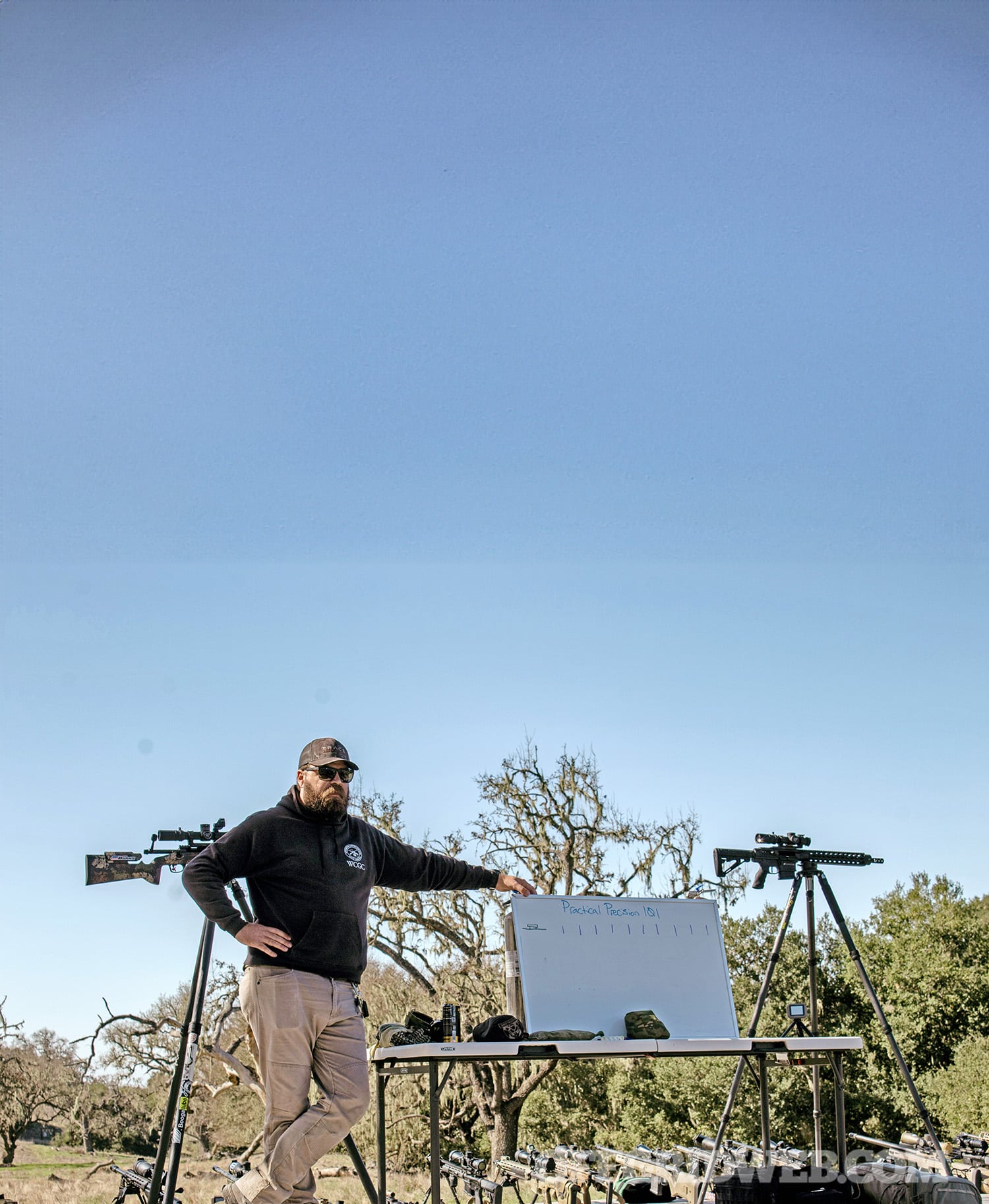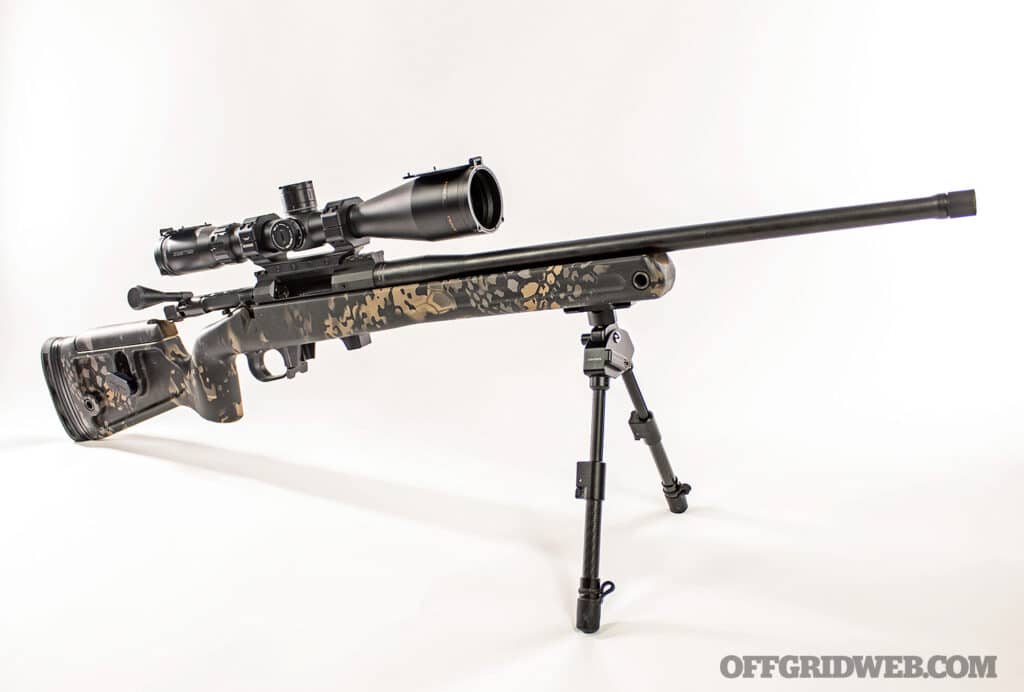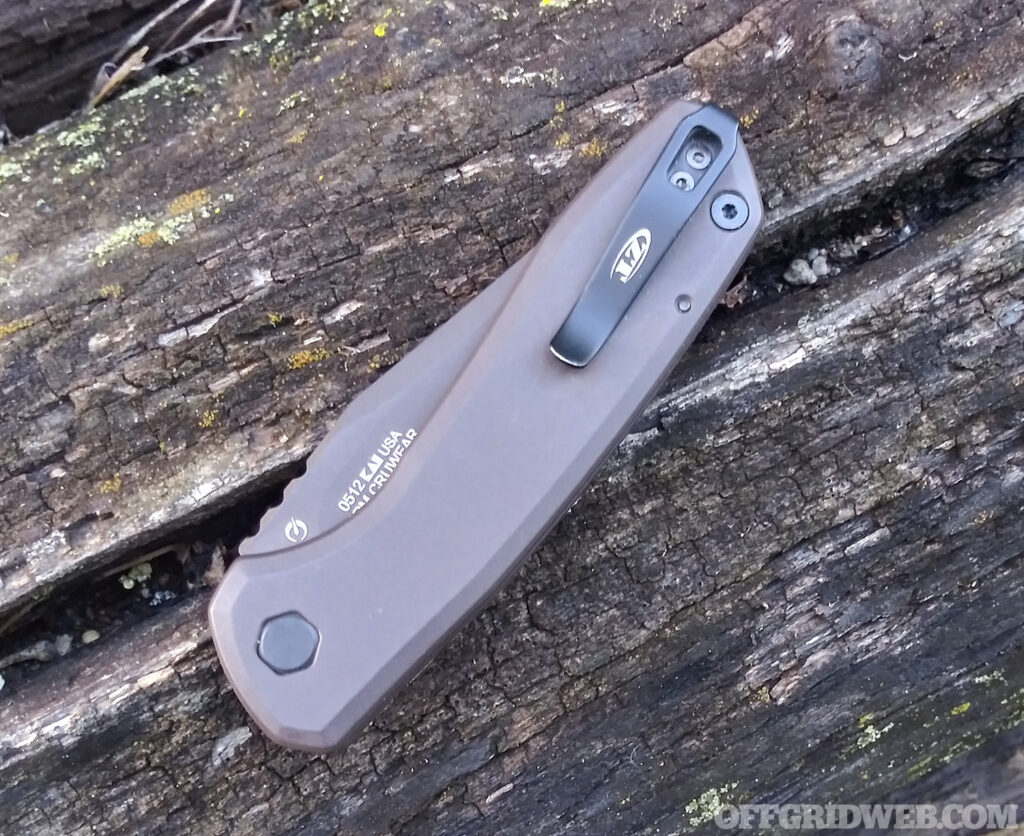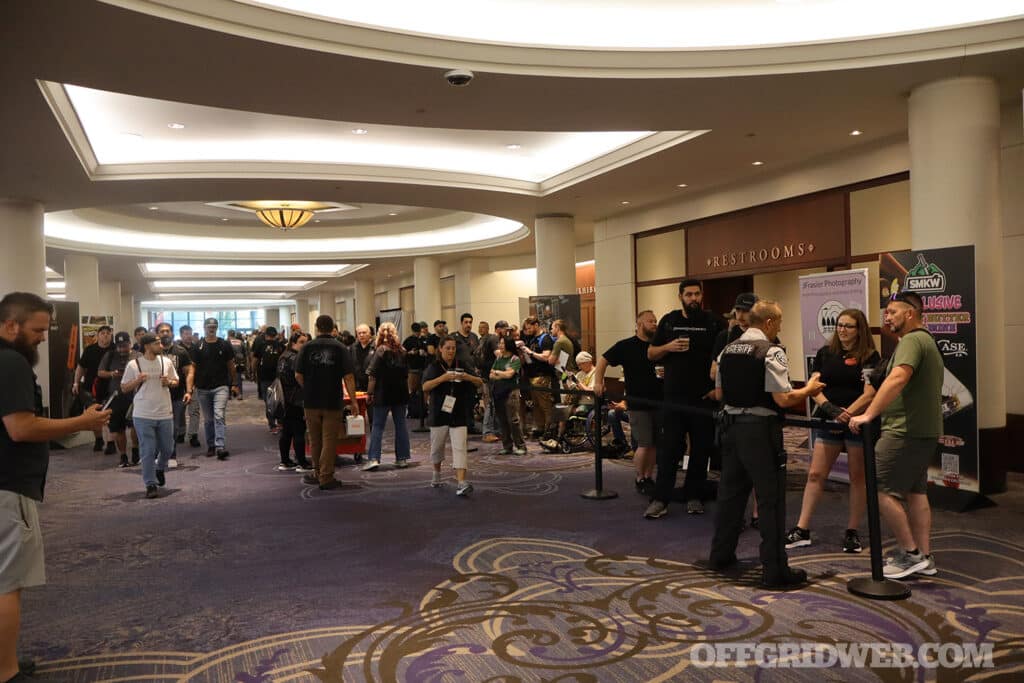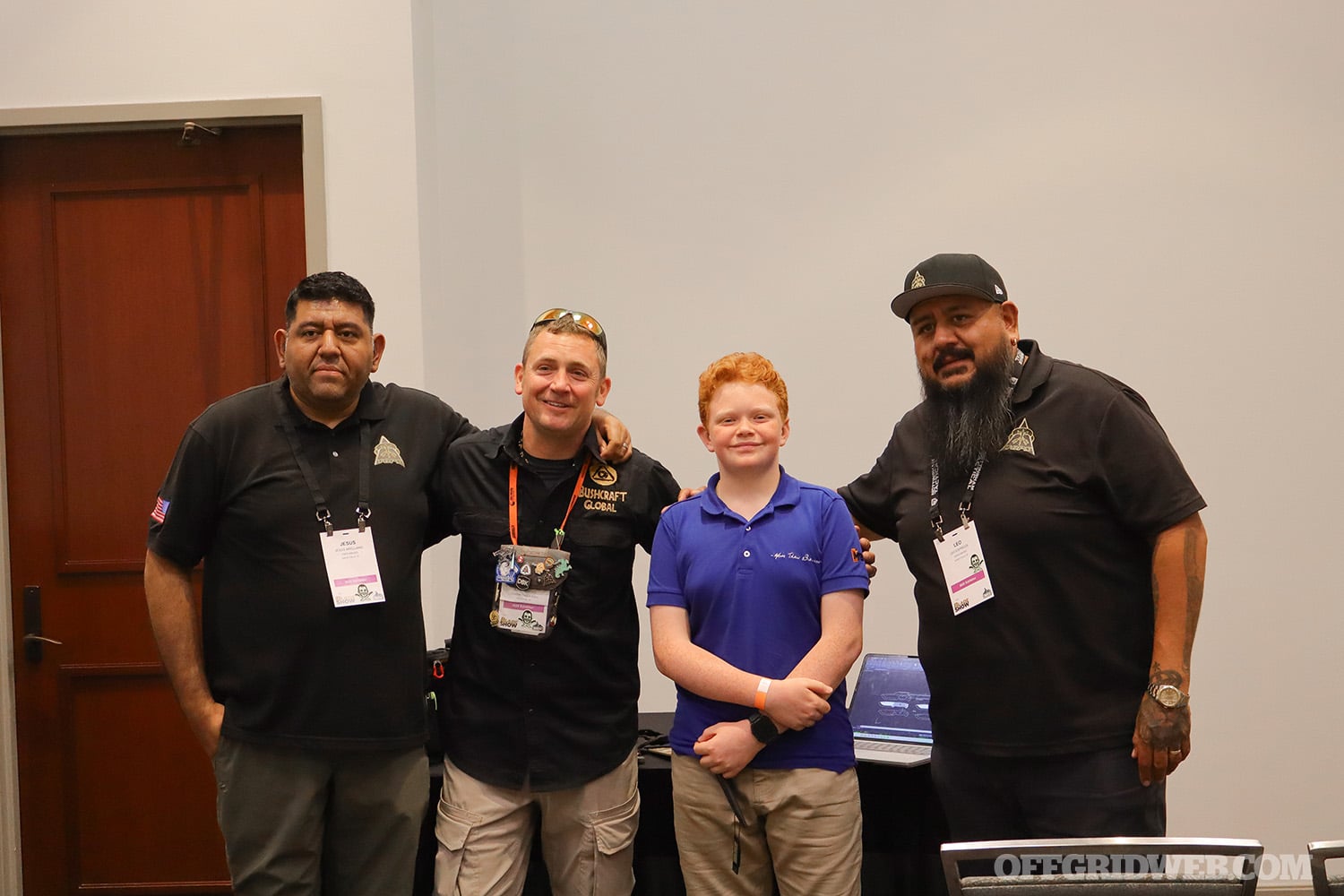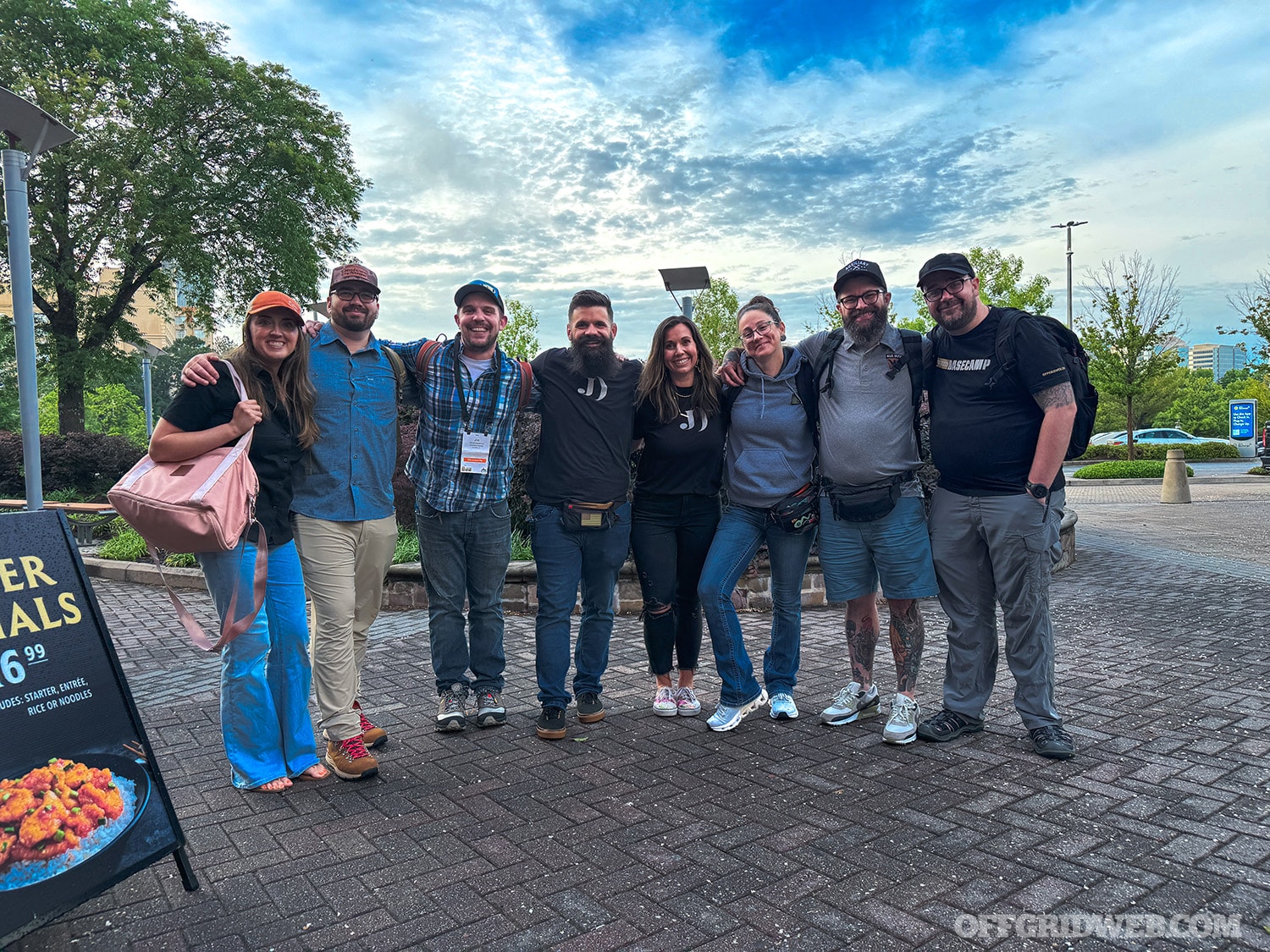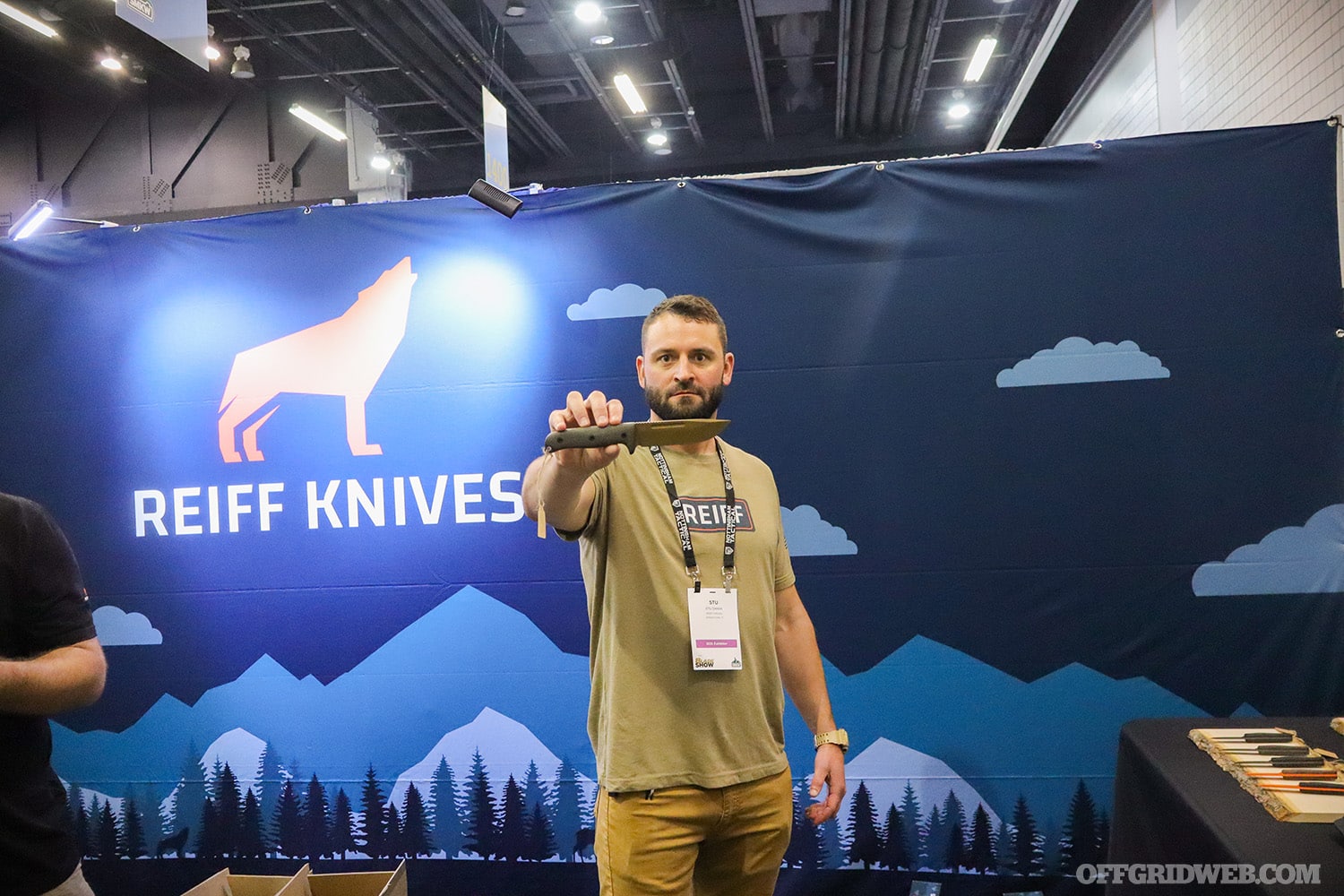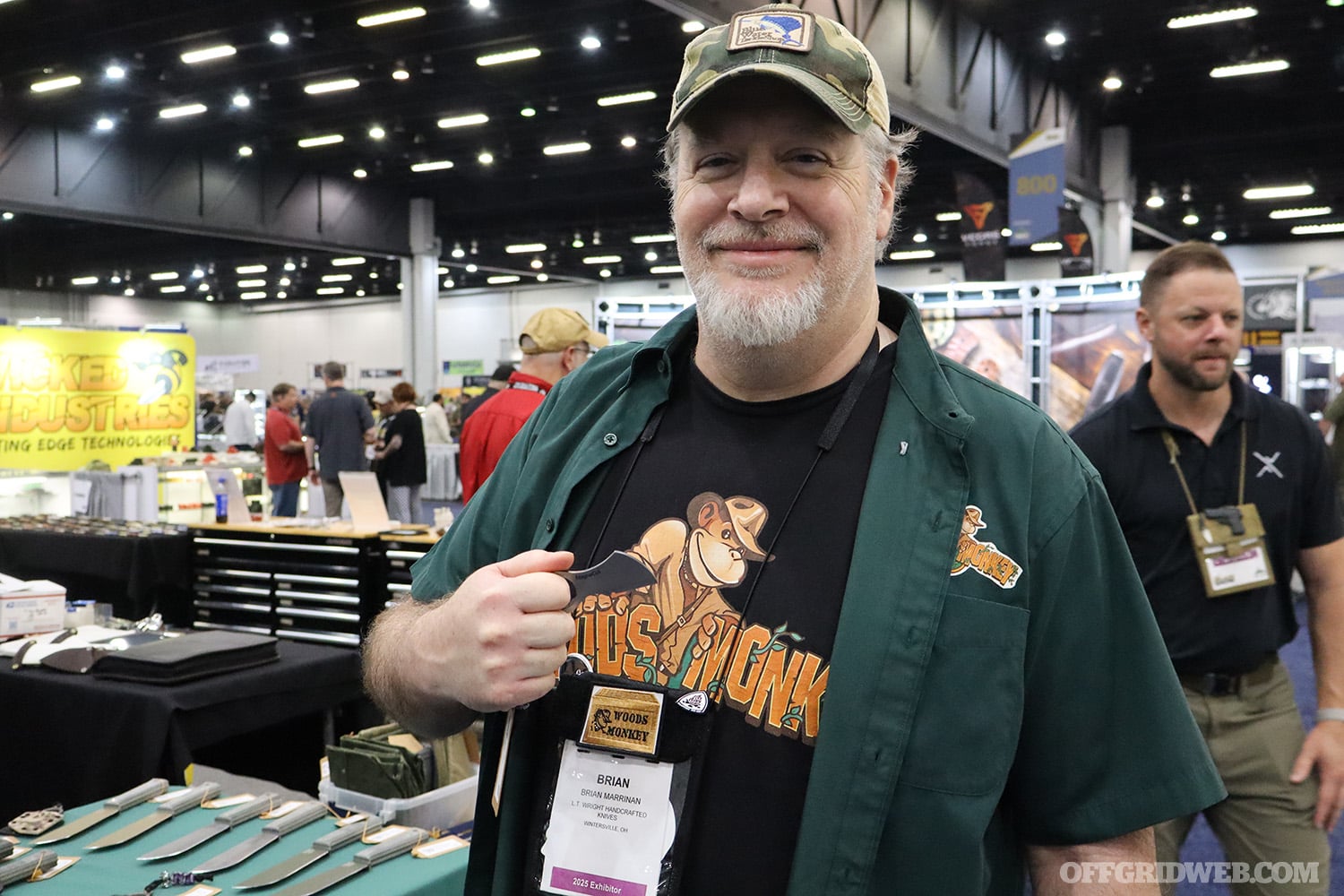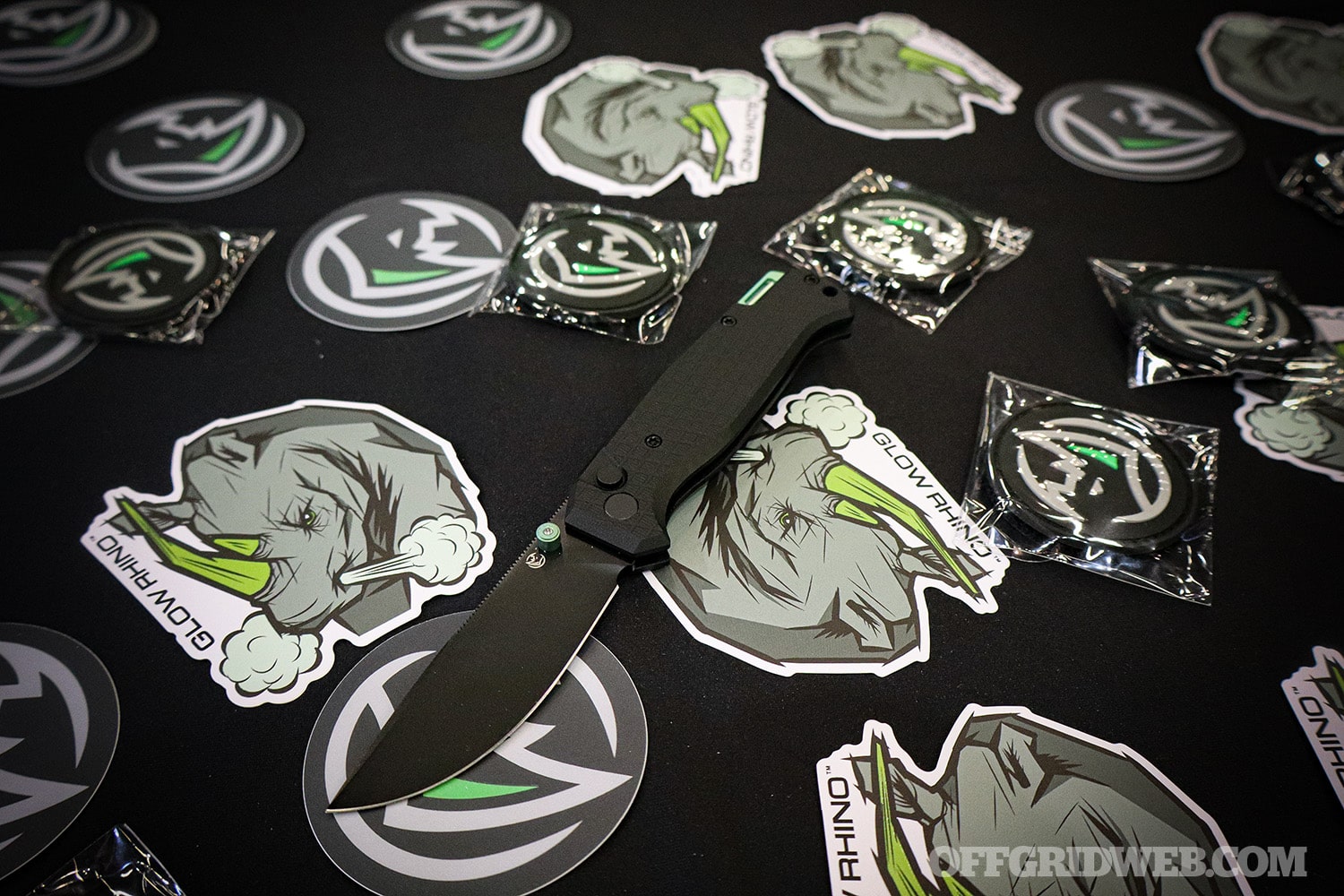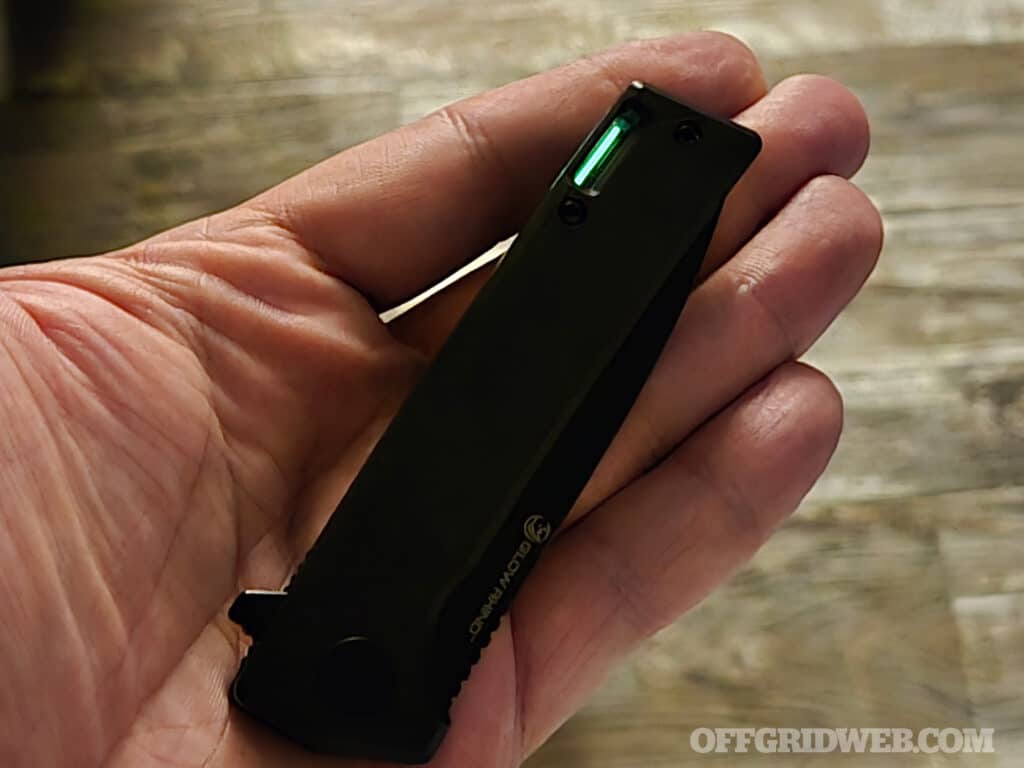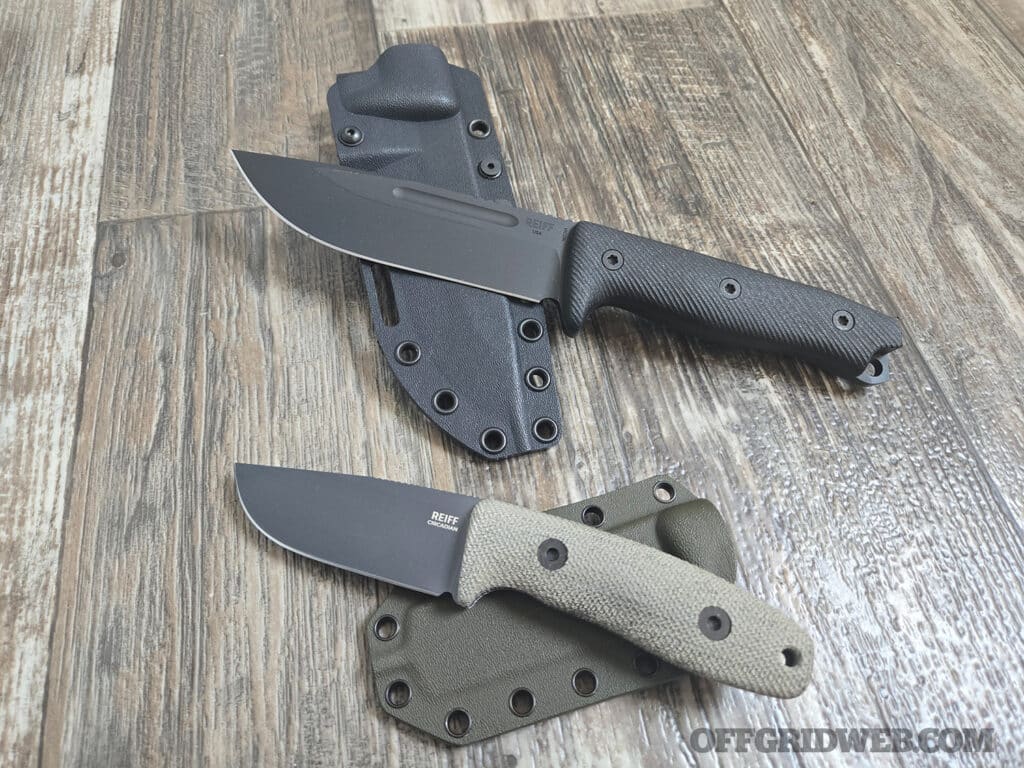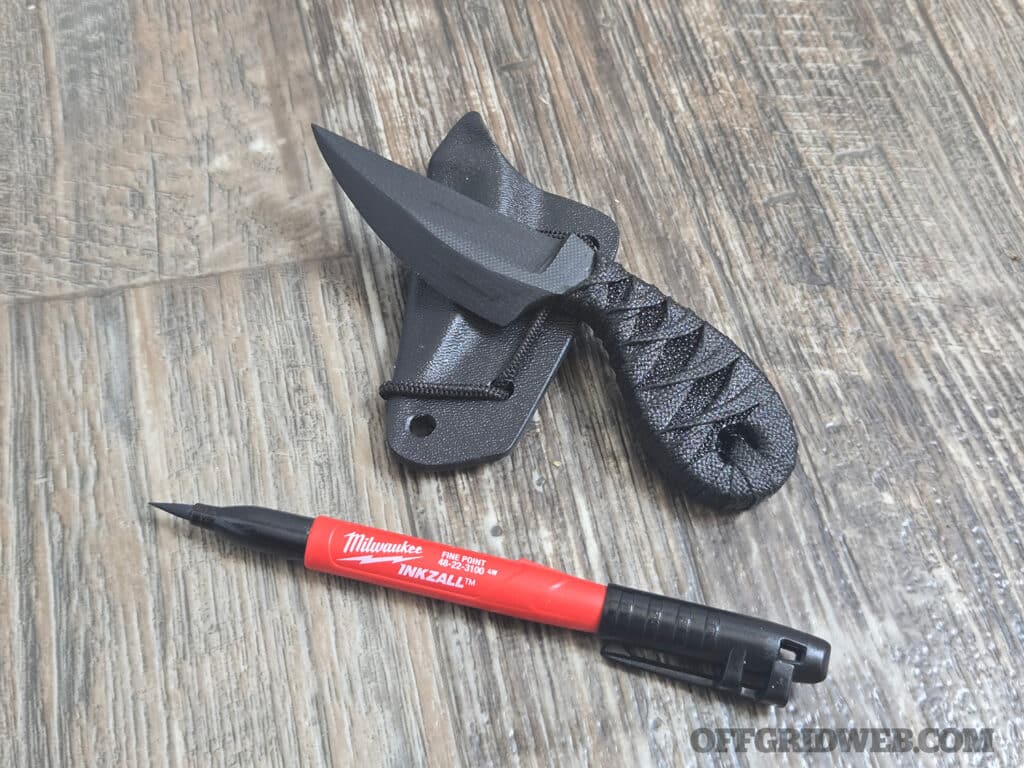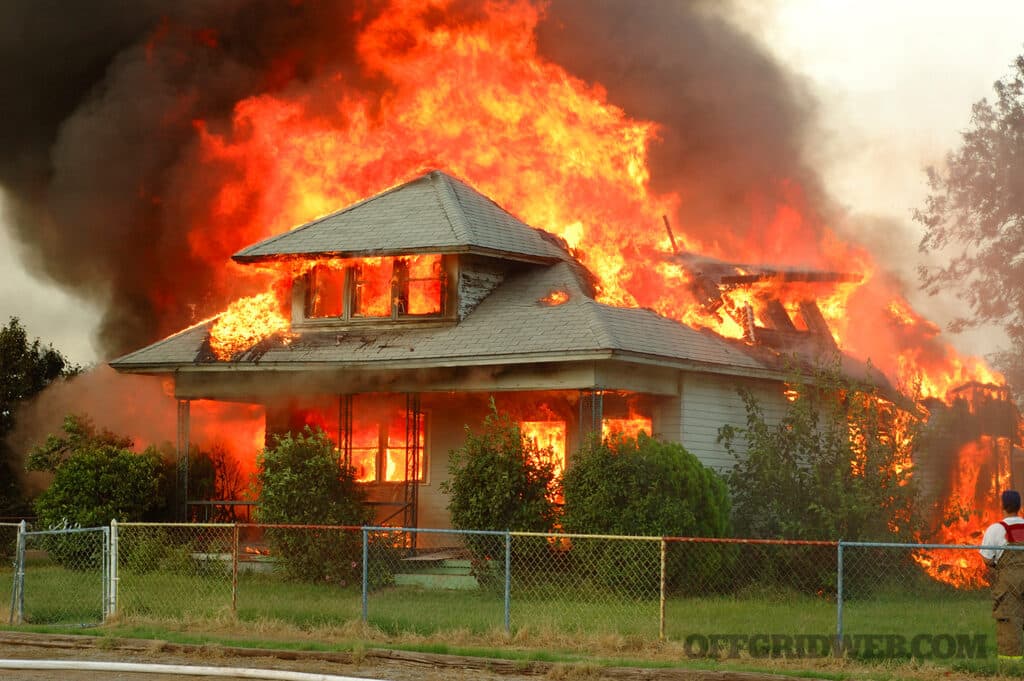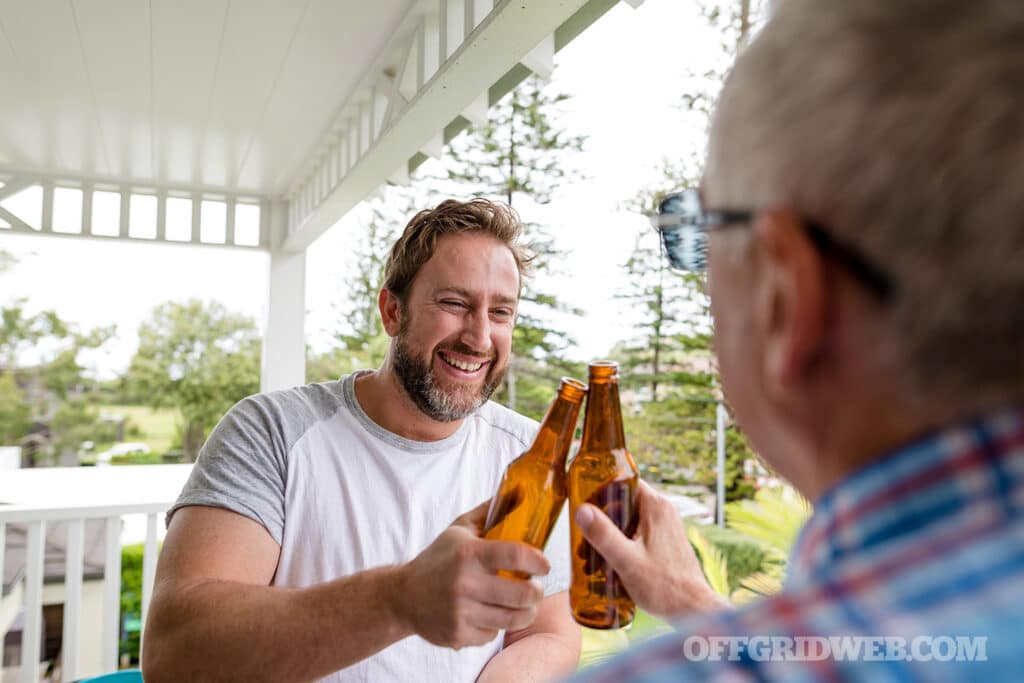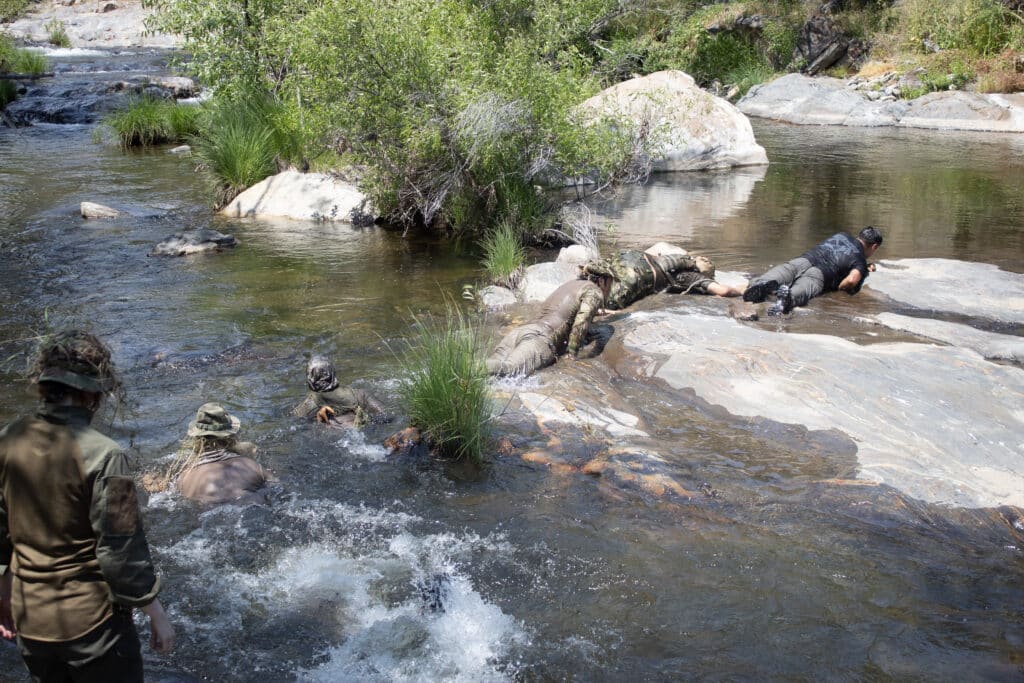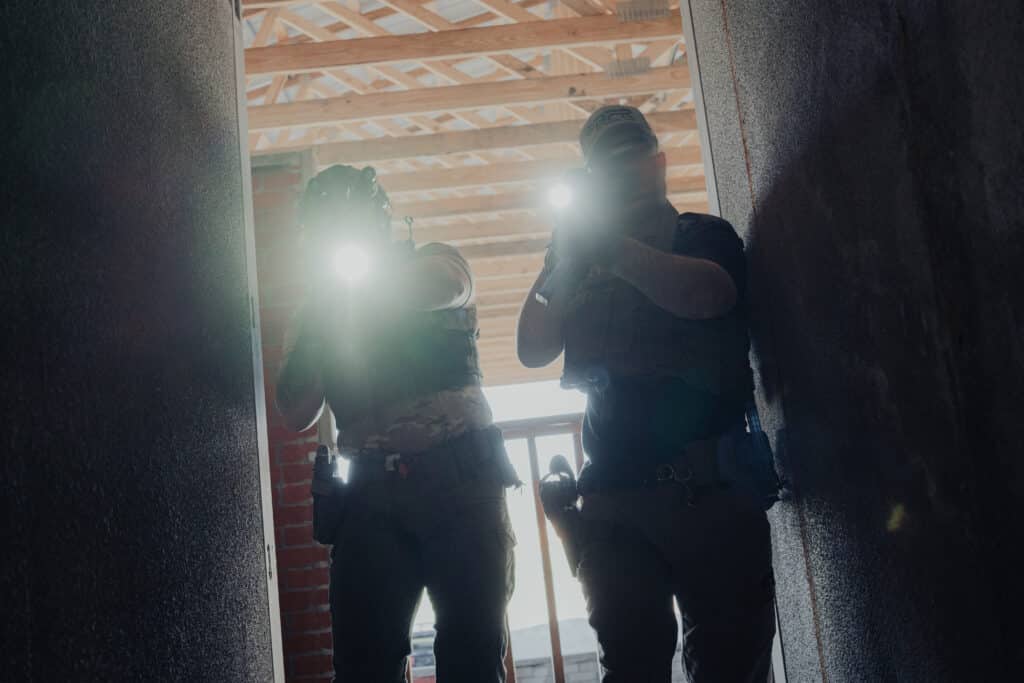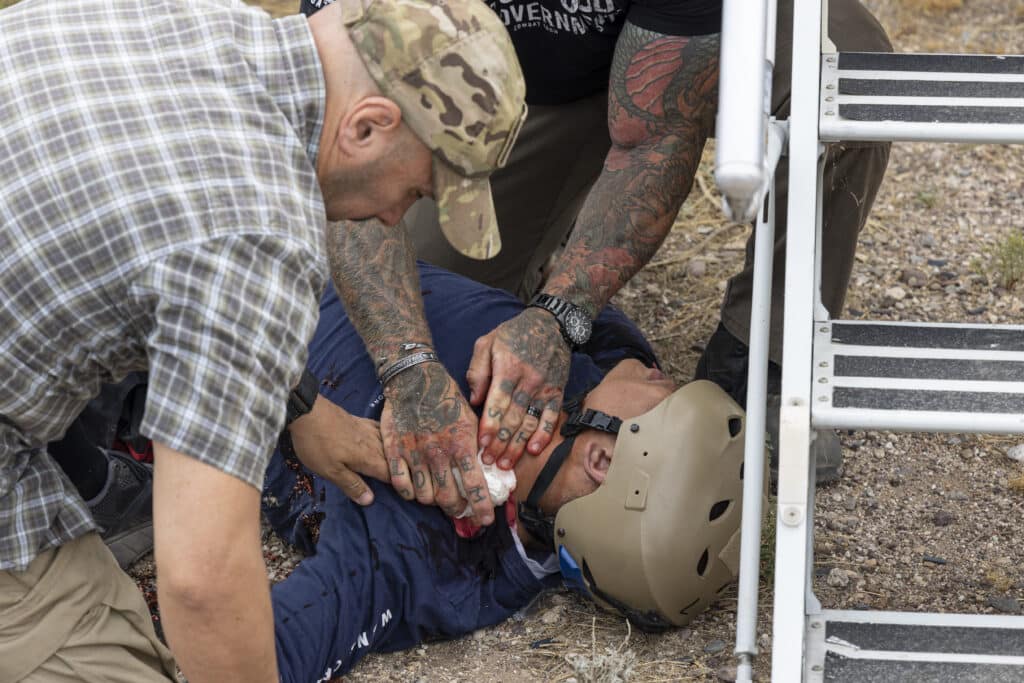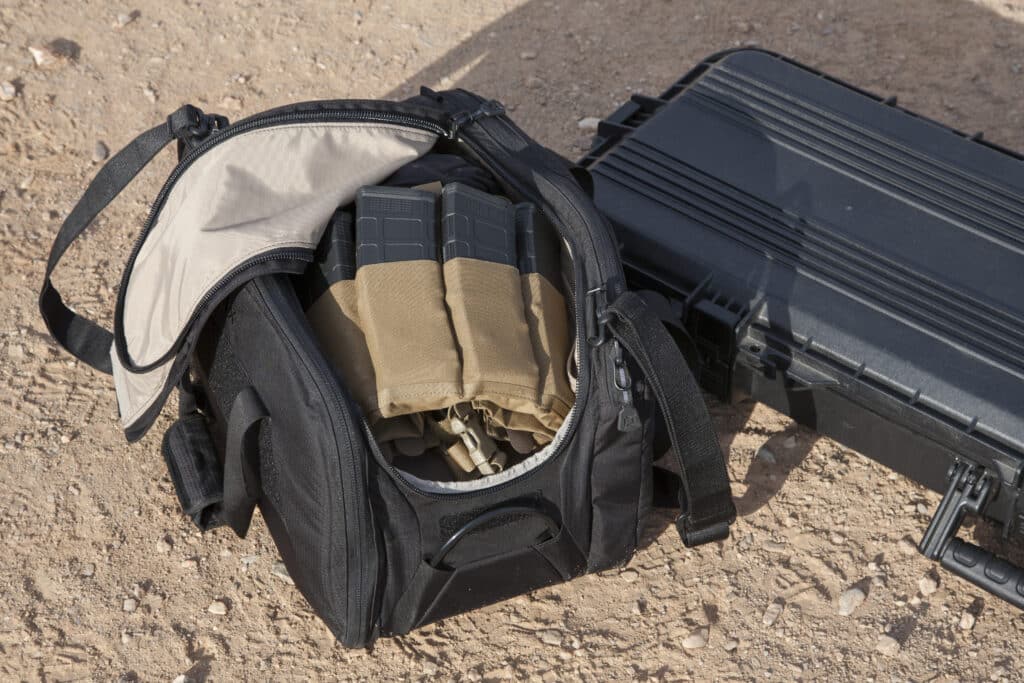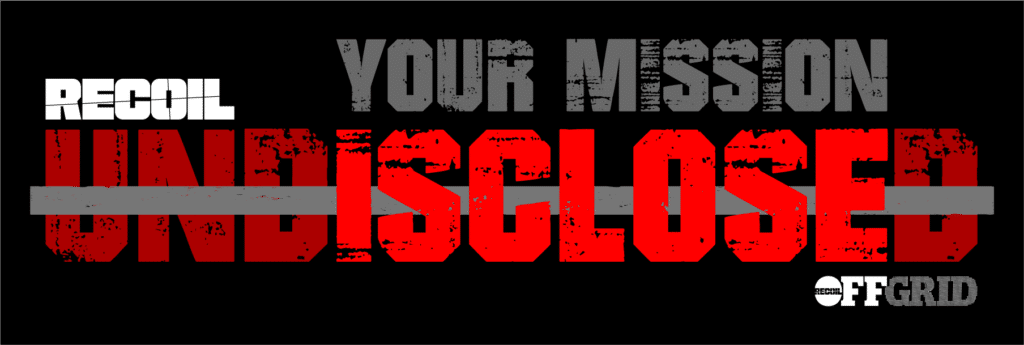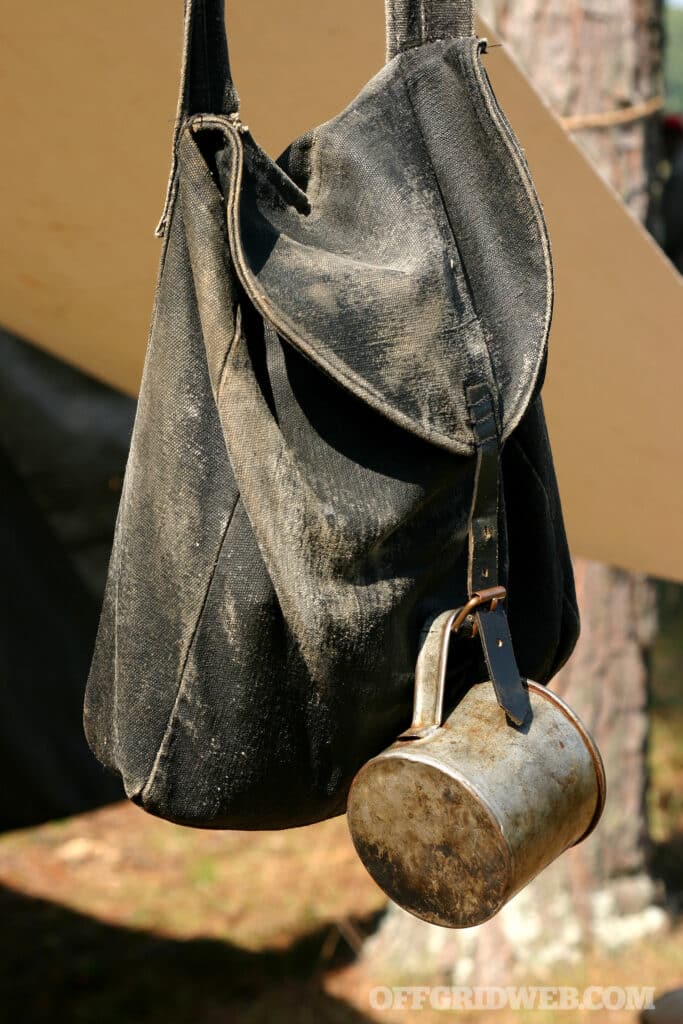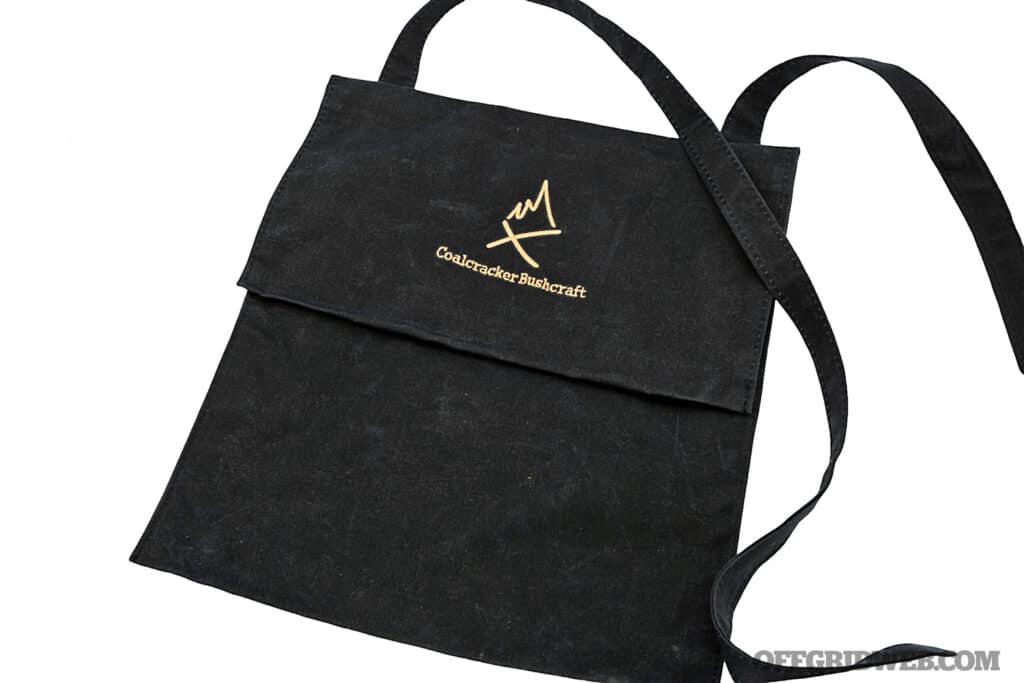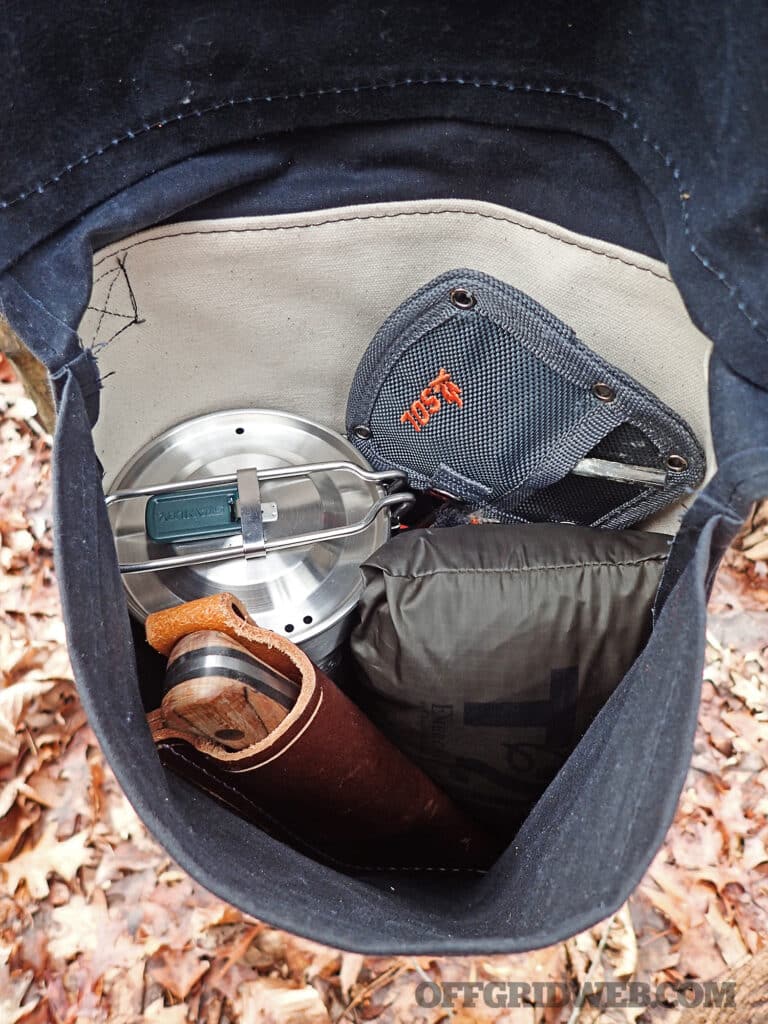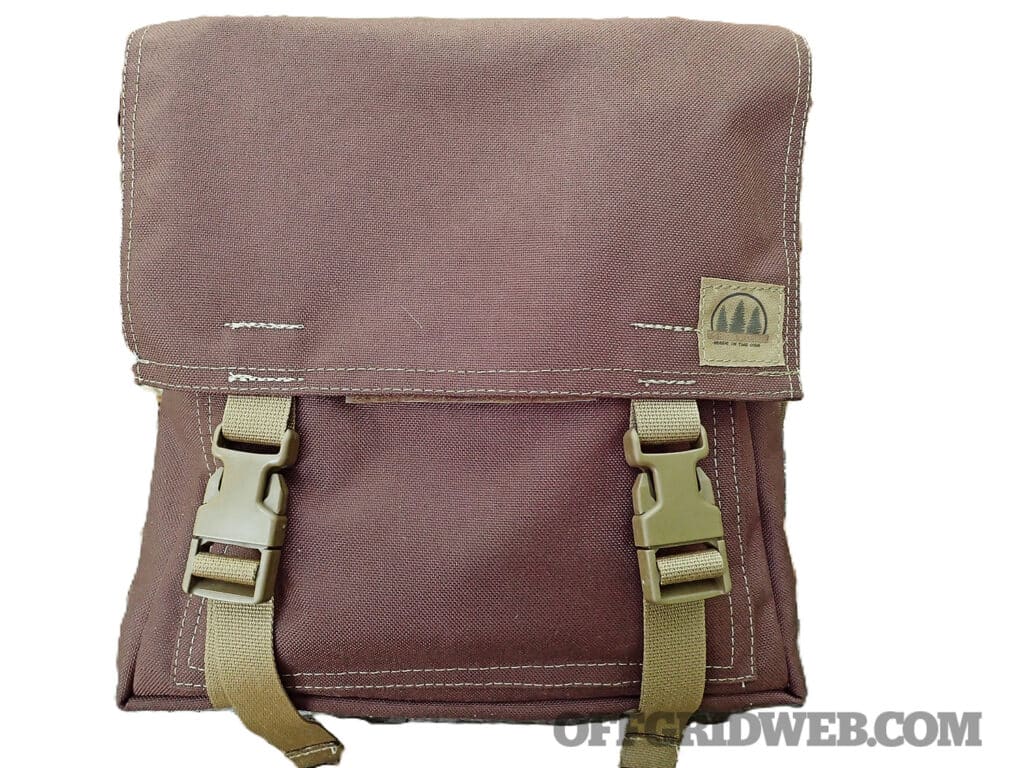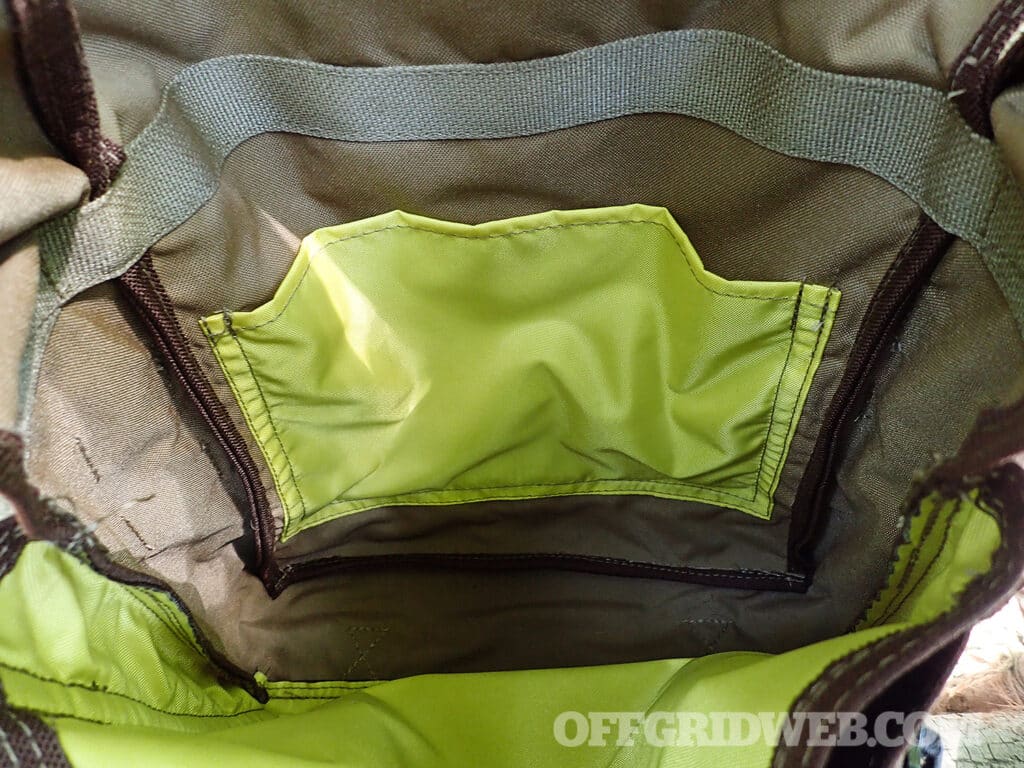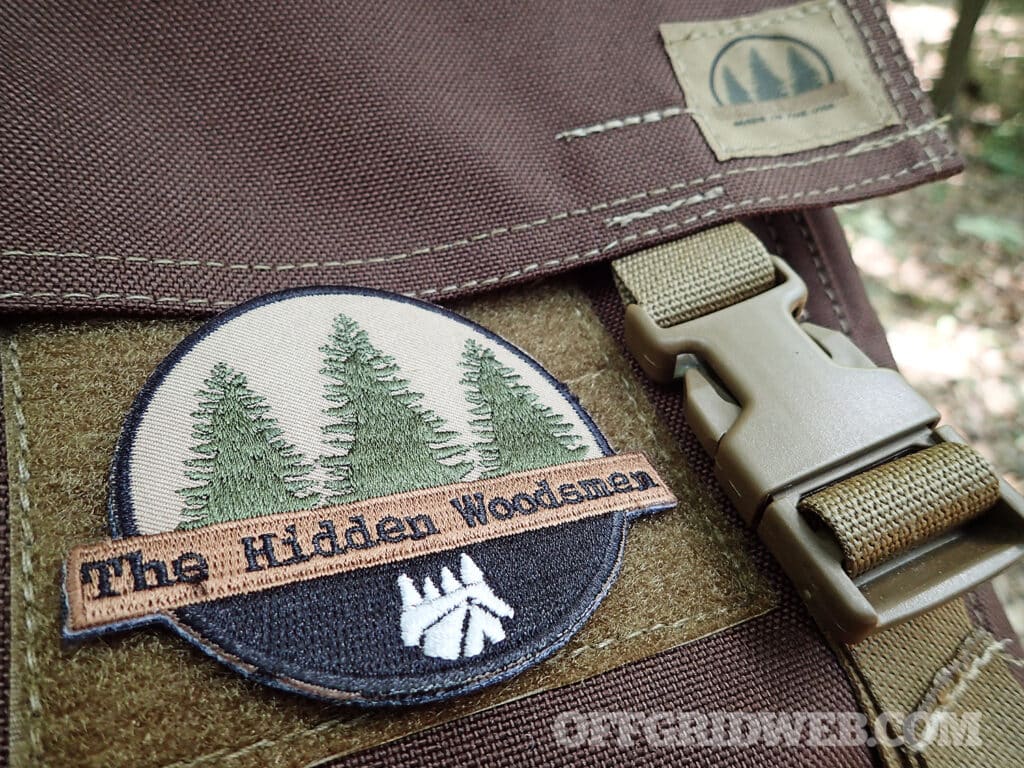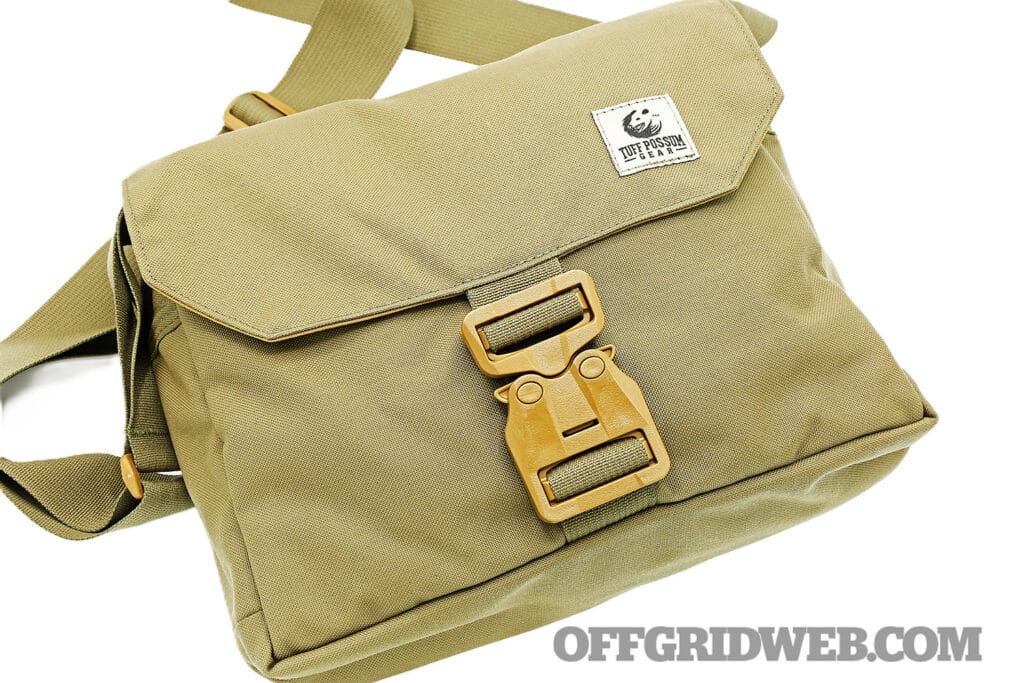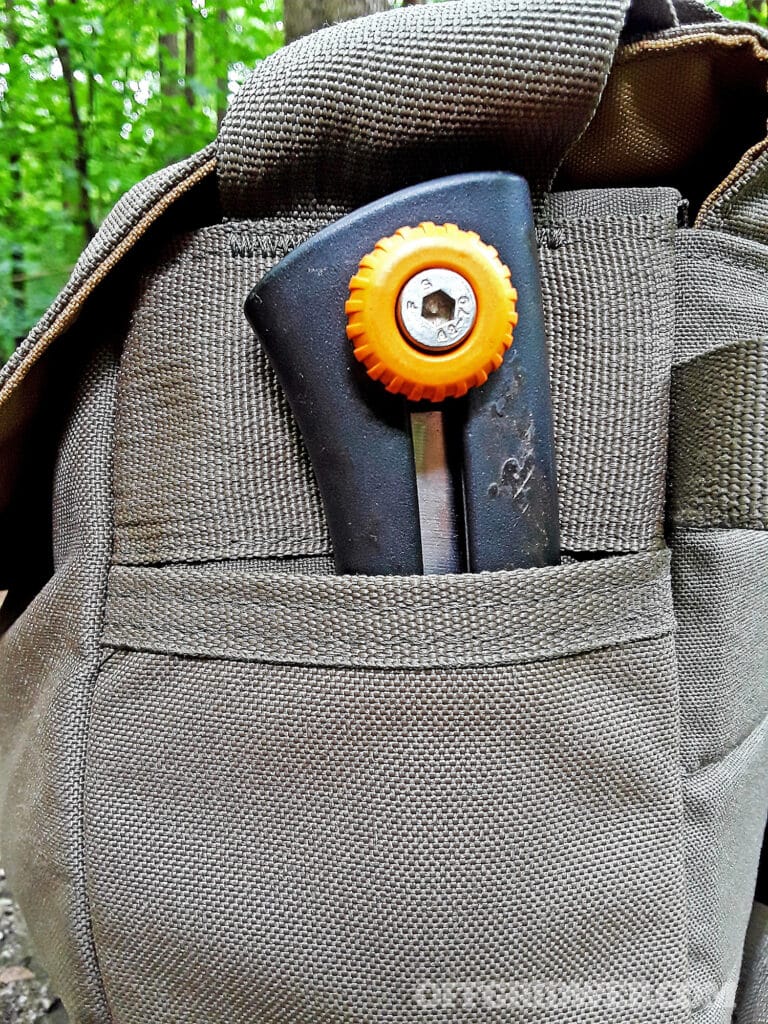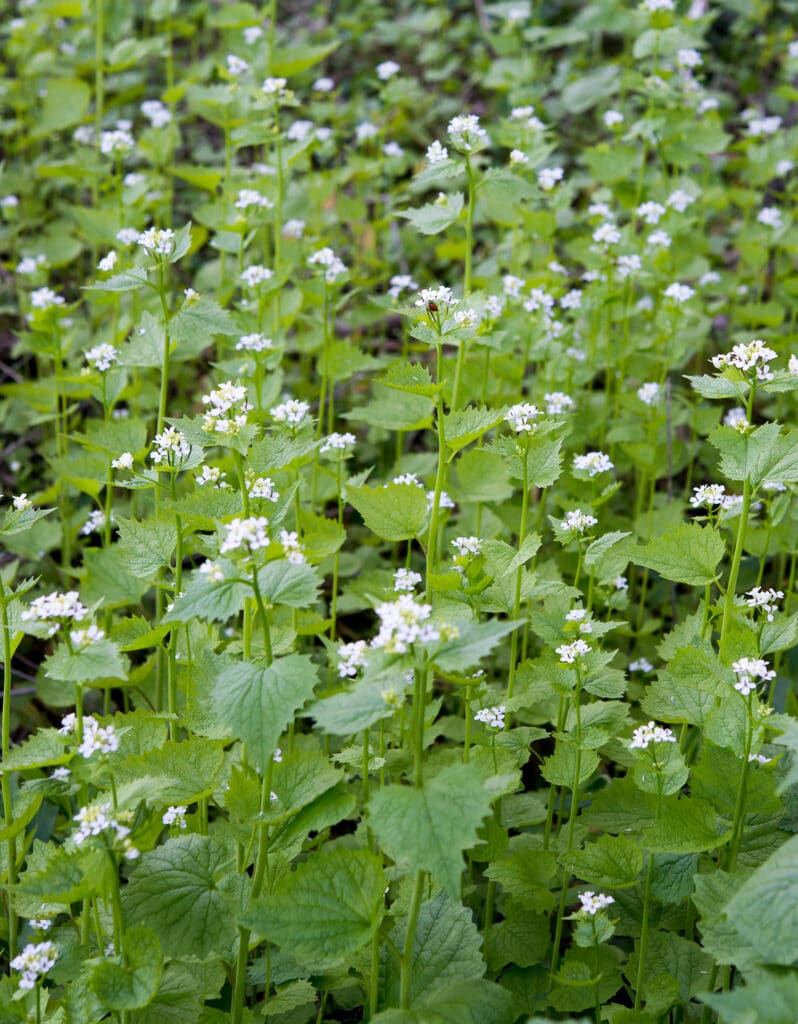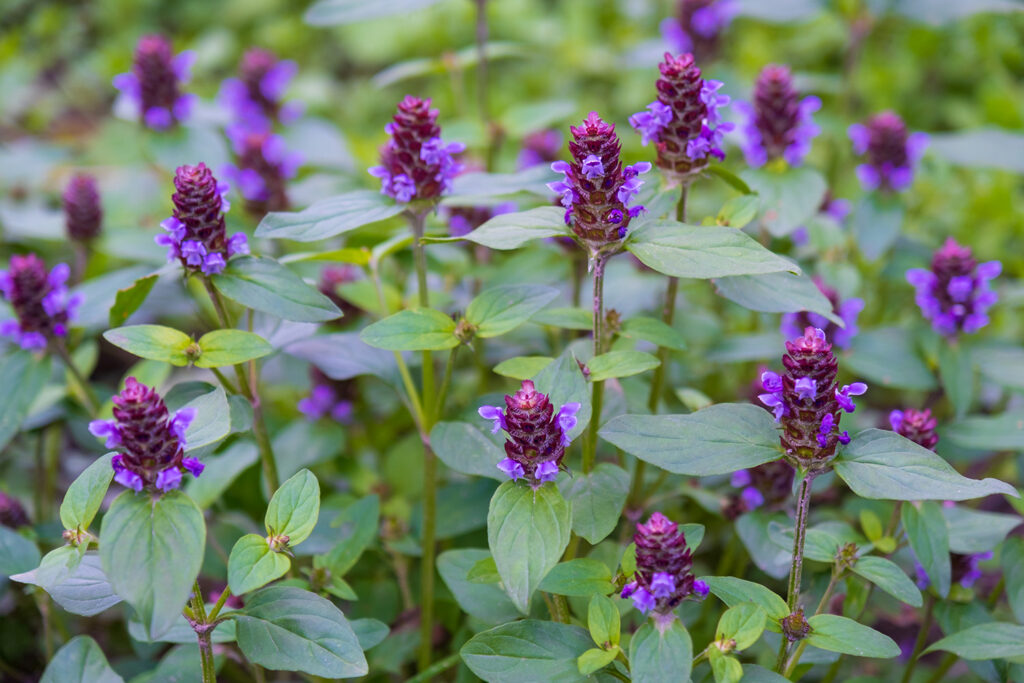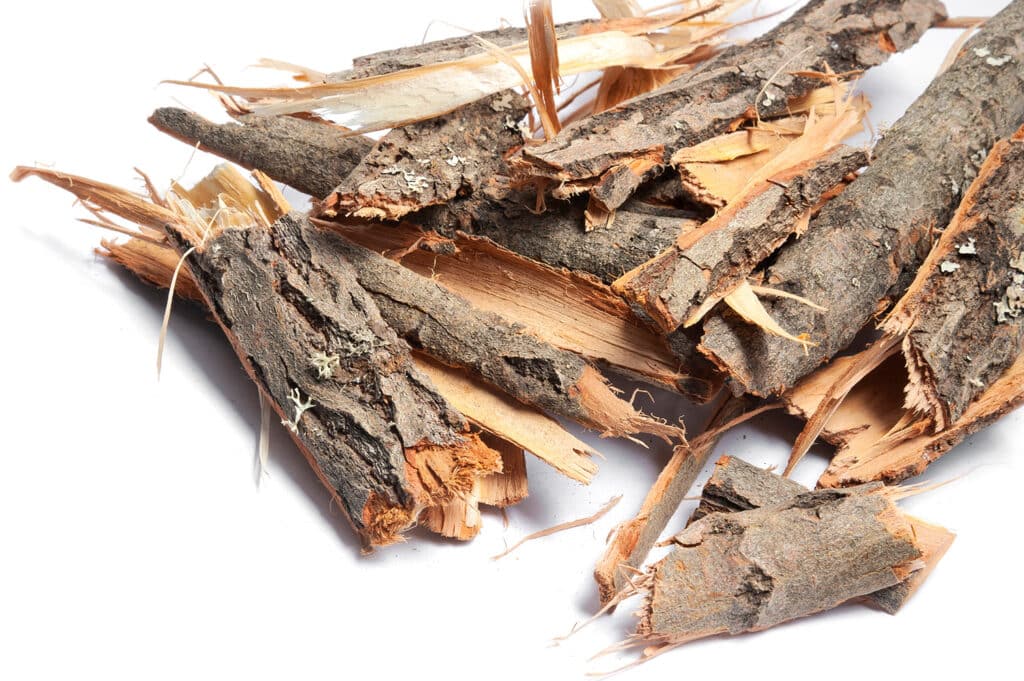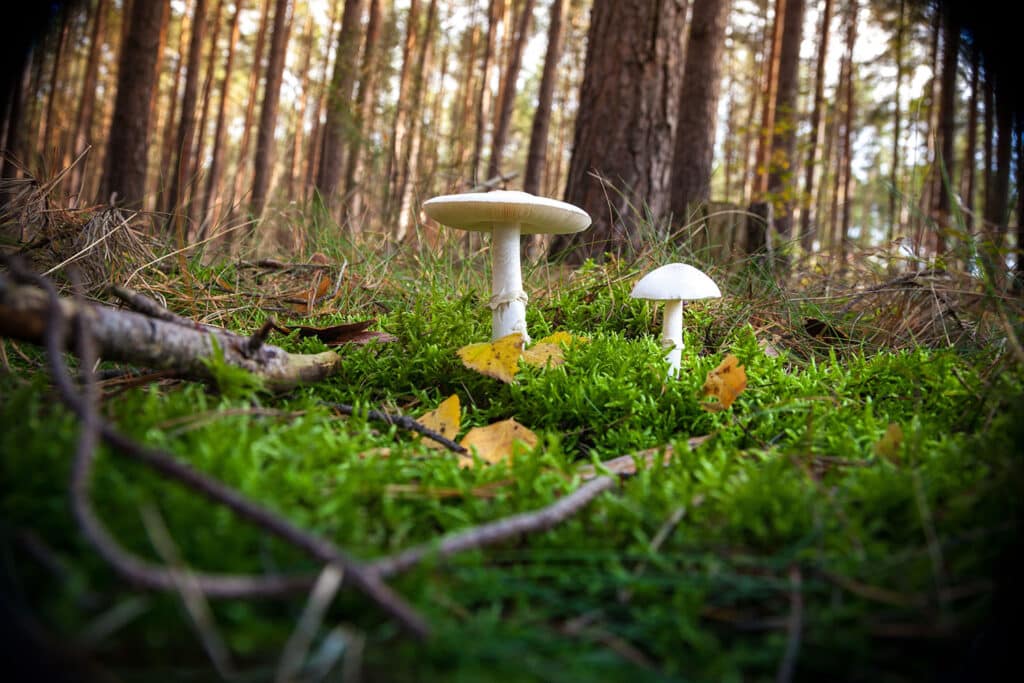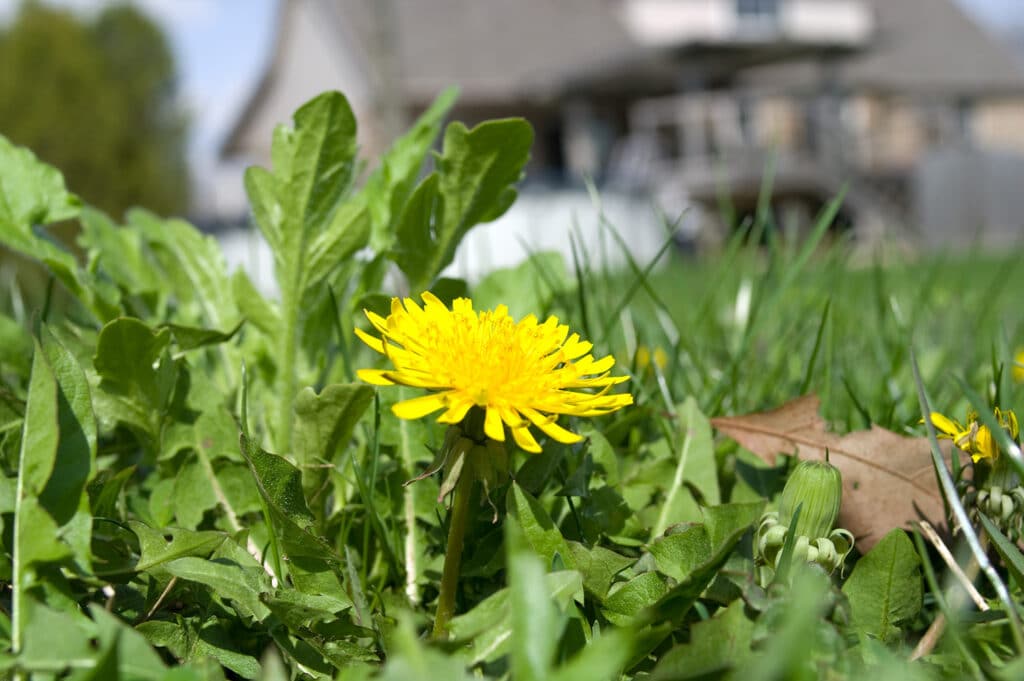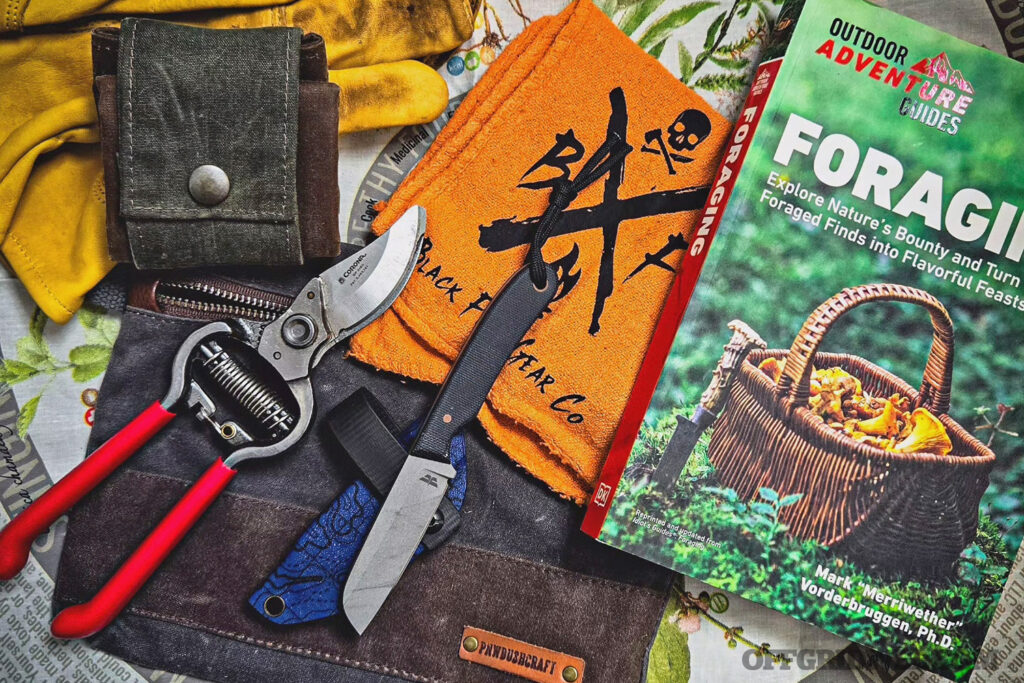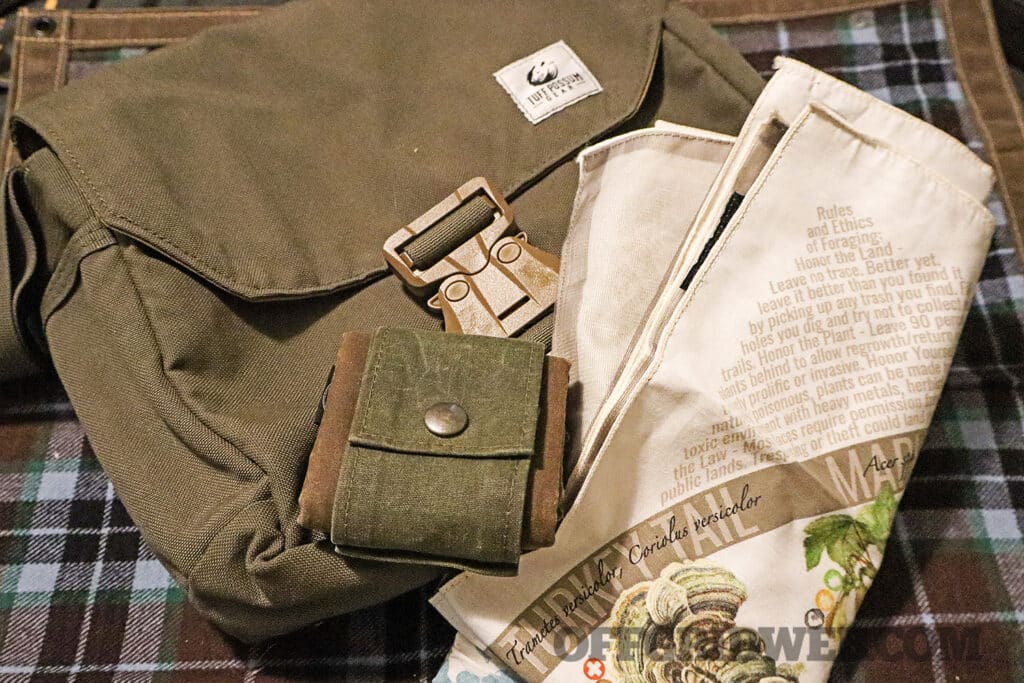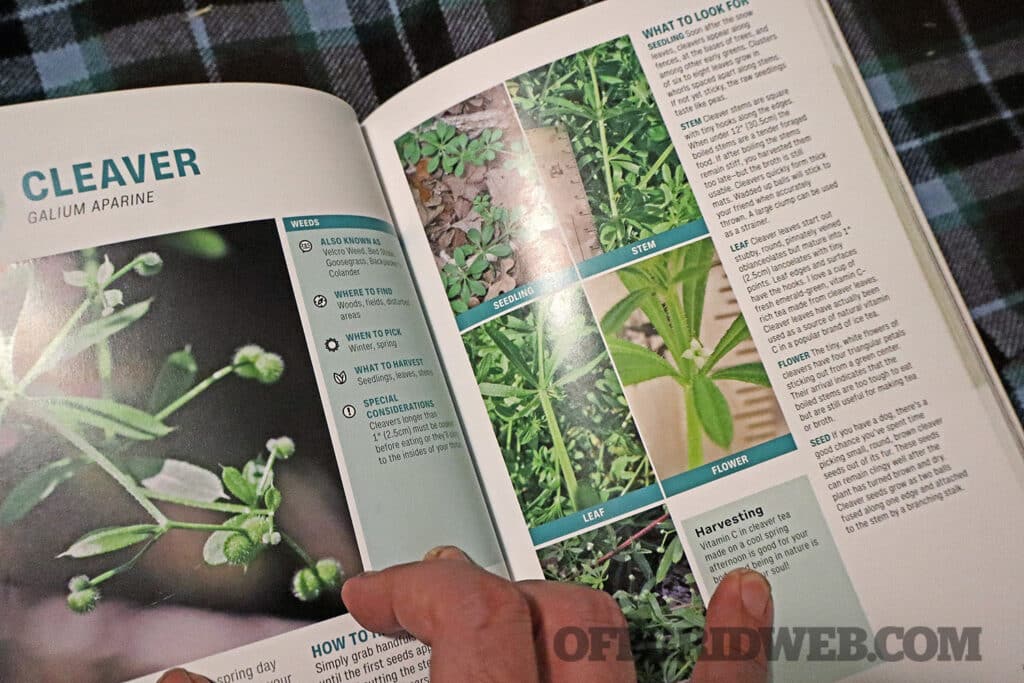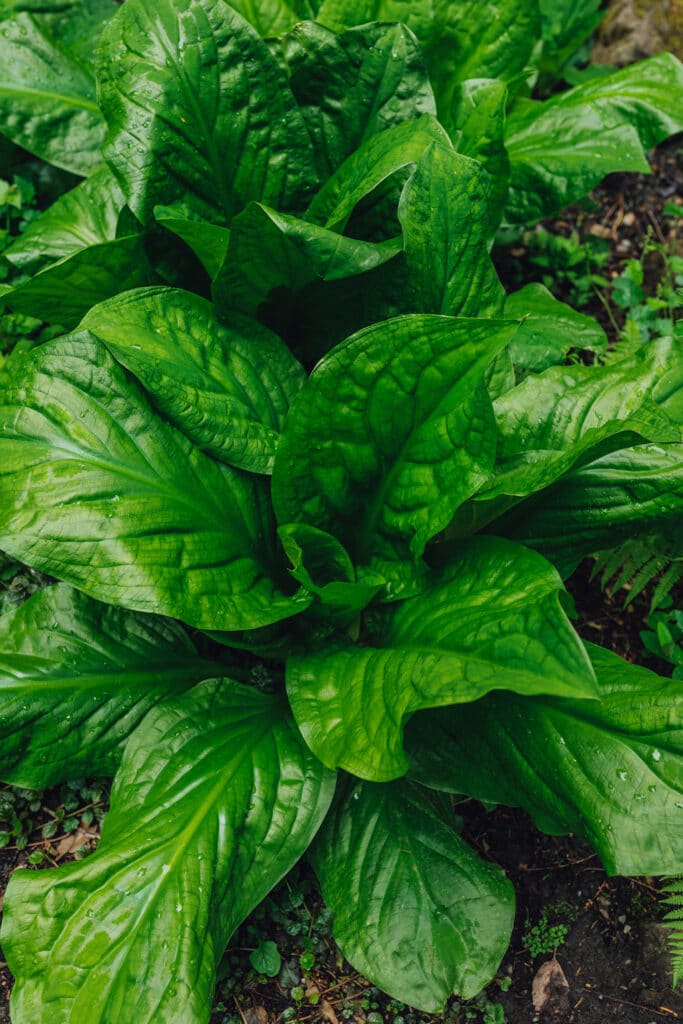In This Article
- VSSL Pour Over Kit + Java G25 Grinder Gift Set
- Helinox Chair One High-Back (re)
- Anxynt Highland
- Wenger Blades Boker Plus Micro Tracker Folder
- Brautigam Expedition Works Titanium Pack Shovel
- Reiff Knives F6
- Pipe Vise The Micro 5
- Forscher MK2 Mod 1
- Epic Water Filters Water Filter Pitcher
- Mountain Safety Research Titan 900 mL Kettle
- Oakley SI Ballistic M Frame 2.0
- 5.11 Skyweight 36L
- 0241 Pull Over
- Dead Air Silencers Mojave 45
- Aimpoint ACRO P-2 3.5 MOA
- Nestout Power Bank 15000mAh
- Joolca Hottap Nomad Kit
- Top Picks
- Read More From Issue 68
Summer is here! Now that the days have grown long, and the smell of barbecue is on the wind, we’re ready to spend quality downtime outdoors. As temperatures become more amiable to hikes and overnight camping, it’s finally time to venture off to find a trail, or endeavor to create a new one.
Be sure to inspect and inventory all your gear before you leave the blacktop. Top off that canteen and make sure you have your fire-starting tools. Have fun. Make memories. Keep your wits about you, and you’ll go far.
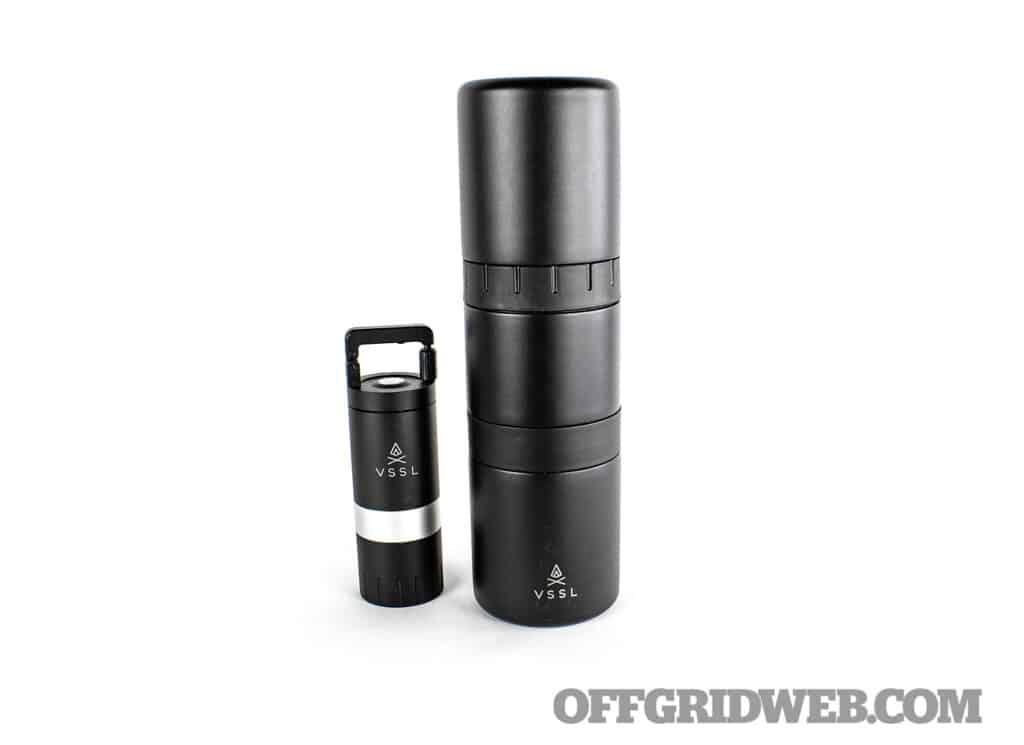
VSSL Pour Over Kit + Java G25 Grinder Gift Set
- MATERIAL: 6601 Aircraft-Grade Aluminum
- MSRP: $235
- URL: vsslgear.com
NOTES
There’s a lot more going on inside of this gift set than you’d think. Upon opening the beautiful presentation box, you’ll see what looks like a nice thermos. It’s not until you unscrew the different sections that you see the extensive thought and engineering that went into the VSSL Pour Over Kit + Java G25 Grinder Gift Set. You’ll find two 10-ounce double-walled stainless steel mugs, a 304 food grade stainless steel mesh filter, food-safe BPA-free lid, and stainless steel pour-over dripper.
Choose your grind setting based on your preferred method of brewing, pour in coffee beans, and enjoy the silky-smooth machining as your new full G25 Java grinder turns beans into 30 grams of grounds. We have found through extensive and laborious fireside testing this tends to be the perfect weight for 20 ounces of blissful field brew. The gift set is available in black or cream; however, VSSL has recently released an attractive green Nesting Pour Over Set sans the grinder. Not to worry, you can buy a grinder separately to complete the set.
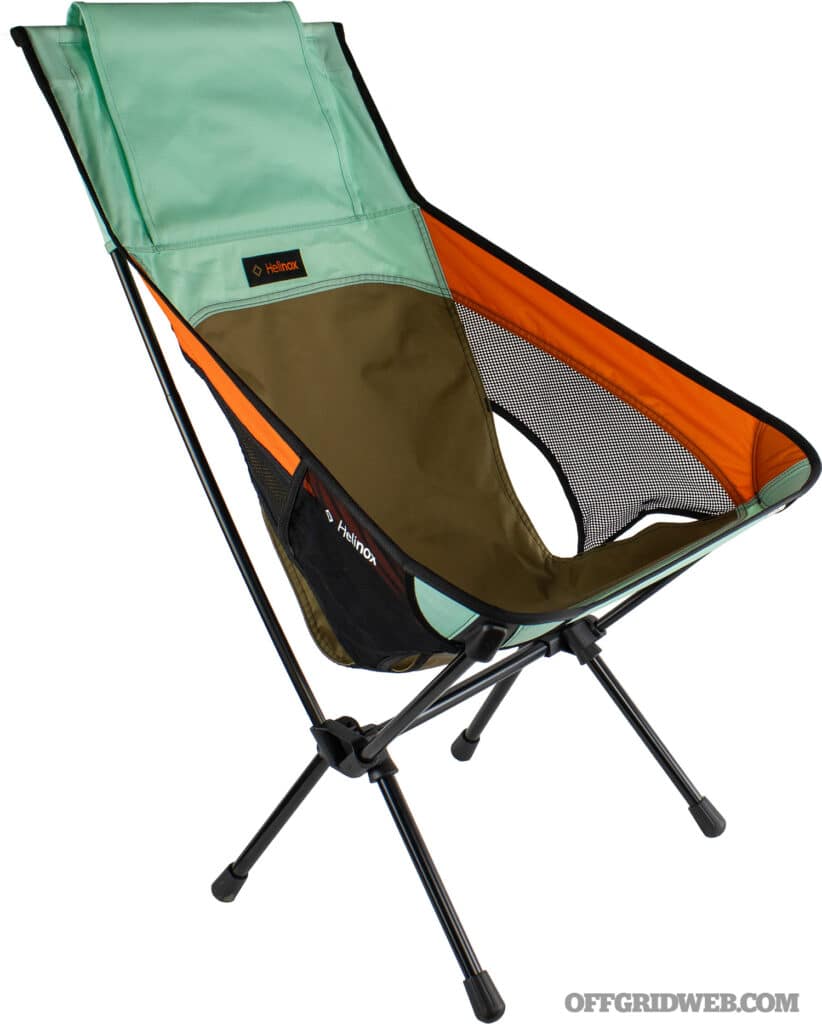
Helinox Chair One High-Back (re)
- CAPACITY: 320 pounds
- MSRP: $150
- URL: helinox.com
NOTES
After a long day on the trail the last thing you want to do is sit in the dirt or on a stump. You want back support at a minimum. Not only does the new Chair One High-Back (re) support you in all the right places without being restrictive or cut off circulation in your legs, it’s incredibly sturdy and stable. This chair can support up to 320 pounds assembled. The (re) design adds a second tension line within the perimeter of the chair to distribute weight around the front.
Each new (re) comes with a newly redesigned storage bag with a zippered 3/4 opening instead of a standard sleeve with a drawstring. This makes packing up fast and easy. The bottom of the storage bag also has a single row of MOLLE to attach your chair to the outside of your pack. Helinox offers the new Chair One High Back (re) in four solid colors as well as three patterns.

Anxynt Highland
- SOLE: Bison Hide
- MSRP: $239
- URL: anxynt.com
NOTES
The Highland is reminiscent of an old-school Chuck Taylor All Star design, but don’t be fooled, it is a moccasin. Anxynt designed these for bow hunting where being stealthy is priority one. Oftentimes, bow hunting requires the hunter to stalk within 30 to 50 yards of a game animal. That is a tough prospect considering the ground can be covered in loose rock, cactus, or leaves, depending on where you’re hunting. The Highland has a full-grain upper for durability.
A thick bison sole is used to defend against cactus thorns and jagged rocks. Innovative Airlift insoles afford the wearer shock absorption, making these not only comfortable and more breathable than you’d imagine for a full leather moccasin and are incredibly quiet when traversing the wild places of the world in search of game. Depending on your size, they’ll weigh between 22 and 39 ounces, making it easy to pack a set out with you should you choose to preserve them for the hunt and not the hike.

Wenger Blades Boker Plus Micro Tracker Folder
- ACTION: Flipper
- MSRP: $116
- URL: wengerblades.com
NOTES
Without a doubt, this is the most interesting folding pocketknife to come across the desk in the last year. Dave Wenger lends his Tracker knife design to Boker Knives to collaborate on the Micro Tracker Folder. This hits a sweet spot in the hearts of our crew, as many of us are trackers or have experience and extensive training in the art and science of tracking.
Overall open length is 7.5 inches, while it is 4.5 inches closed. A 154CM stainless steel blade is a particularly good choice for this outdoorsman’s knife, as 154CM is known to have excellent edge retention, relatively easy to sharpen, is a high-quality stainless steel, has good corrosion resistance, and is easy to heat treat, grind, and finish, all making this ideal for a cost-effective EDC knife. The Micro Tracker has a lanyard hole with brass sleeve, and a narrow low-profile pocket clip. It comes with a nice presentation box, a soft zippered case with three internal pockets, a ceramic sharpening rod, and fire pull.

Brautigam Expedition Works Titanium Pack Shovel
- WEIGHT: 10.8 ounces
- MSRP: $185
- URL: brautigamexpeditionworks.com
NOTES
Let the battle begin! You can choose from a straight handle or a T-handle. Who knew there was such a divide about a seemingly trivial issue? We went with the straight handle. This Ti shovel is super lightweight at 10.8 ounces with a 6-inch-wide shovel head and is very handy. It may not look like much, but its welded construction means it’s meant for heavier work than you’d think. Sharpened shovel head edges make for a formidable weapon should you find yourself fending off camp pests or predators.
Those same sharp edges can also help you part out large game animals in a pinch. Yes, you can absolutely cut through muscle or hack your way through rib bones if you find yourself low on options. So far, we’ve used ours to dig a privy and do a little cooking over the fire. Titanium is a great heat conductor, making it ideal as an impromptu frying pan.

Reiff Knives F6
- Steel: MagnaCut
- MSRP: $399
- URL: reiffknives.com
NOTES
This is a He-Man sword of a knife. At 11.25 inches overall, it arrives remarkably sharp for such a large knife straight from the box. The blade is 6 inches long, 1.47 inches wide, and 3/16 inch thick. The blade makes up half the overall length, while the other half is a smoothly contoured grip, which brings great balance to this large knife.
Having the F6 on your belt as you stroll through the woods and wild places gives you a sense of confidence that you’re ready for any outdoor, survival, or bushcrafting hurdle nature might drop in your path. It’s great for batoning and processing firewood, pairing with a ferro rod to get your fire going, or even cleaning game animals. Reiff offers the F6 in two handle material choices G10 or Micarta and in eight color options. The F6 ships with a sturdy leather sheath that includes a belt loop mount, as well as a removable dangler to drop the ride height.

Pipe Vise The Micro 5
- FINISH: High Polish Chrome
- MSRP: $55
- URL: pipevise.com
NOTES
If only my dad would’ve had a selection of ratcheting Pipe Vise tools when I was a kid instead of regular wrenches, he might have loved me more, and I would have disappointed him less. The Micro 5 is 6 inches long with a highly polished contoured chrome handle. Precision machined self-adjusting teeth are the feature that makes The Micro 5 so attractive.
It’s meant to be used in tight spaces like toilet bolts, battery terminals, and supply lines. This is the kind of tool that makes typically tedious jobs a breeze, because the user isn’t required to remove and reposition the tool to continue working. With a minimum use size of 8mm or 5/16, and a max of 19mm or 3/4, this is a versatile tool to add to your toolbox, cabinet, bug-out bag, or automotive repair kit.
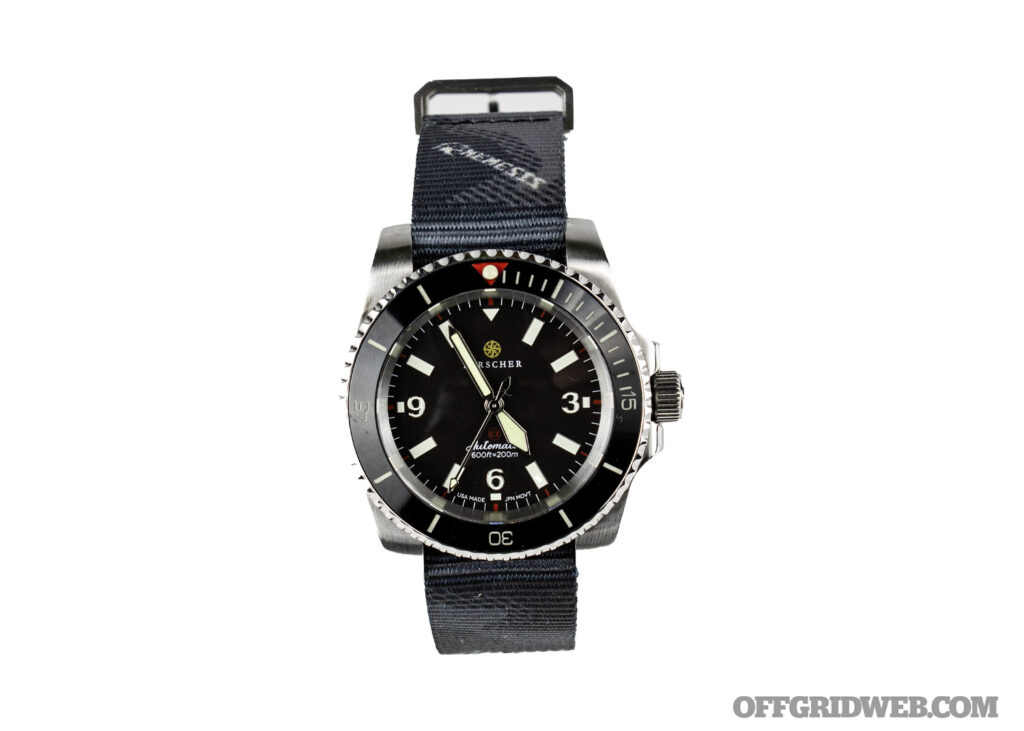
Forscher MK2 Mod 1
- MOVEMENT: Seiko NH38a
- MSRP : $795
- URL: forscherwatchco.com
NOTES
This is a blend of functionality and rugged elegance brought to you by Forscher. The MK2 Mod 1 is a 316 L stainless steel, automatic timepiece. Automatic watch movements don’t require a battery to keep time. Powered by the reliable and exceptionally durable Seiko NH38a movement with a 41-hour power reserve, this watch is ready for any environment you find yourself in.
While you’re admiring your watch sitting next to your nightly campfire, remember to give the movement a winding every other day, and you’ll always be on time. A mix of highly polished and brushed 41mm stainless steel case, high gloss ceramic bezel, matte black dial, and C3 Super-Luminova numbers and number positions makes this watch perfect for the office and is right at home diving in the ocean or hiking the mountains. The MK2 Mod 1 comes with a 20mm CWC G10 strap; however, Forscher has recently released a new stainless steel bracelet for this model that you can add to your cart when you order. We prefer the new Nemesis Camo strap pictured.

Epic Water Filters Water Filter Pitcher
- HANDLE: Bamboo
- MSRP: $75
- URL: epicwaterfilters.com
NOTES
No matter what, you’ve got to have clean drinking water. In the field, or at home, water is a must. Contaminated water kills 800,000 people per year worldwide. That’s more than three times the amount of people who die worldwide from violence involving guns. Epic Water Filters Water Pitcher is made from medical-grade Tritan, which is BPA/BPS free, so you won’t have to be concerned about interruptions to your endocrine system.
This filters 99.9 percent of all contaminants including glyphosate, lead, chlorine, benzine, PFAS, and heavy metals. With an 80-ounce reservoir and a slim space-saving design, it fits nicely into your fridge and has enough capacity for a family. The smart lid design incorporates a designated port to turn the lid into a contamination barrier in case of a spill when filling the unfiltered reservoir keeping clean water safe.
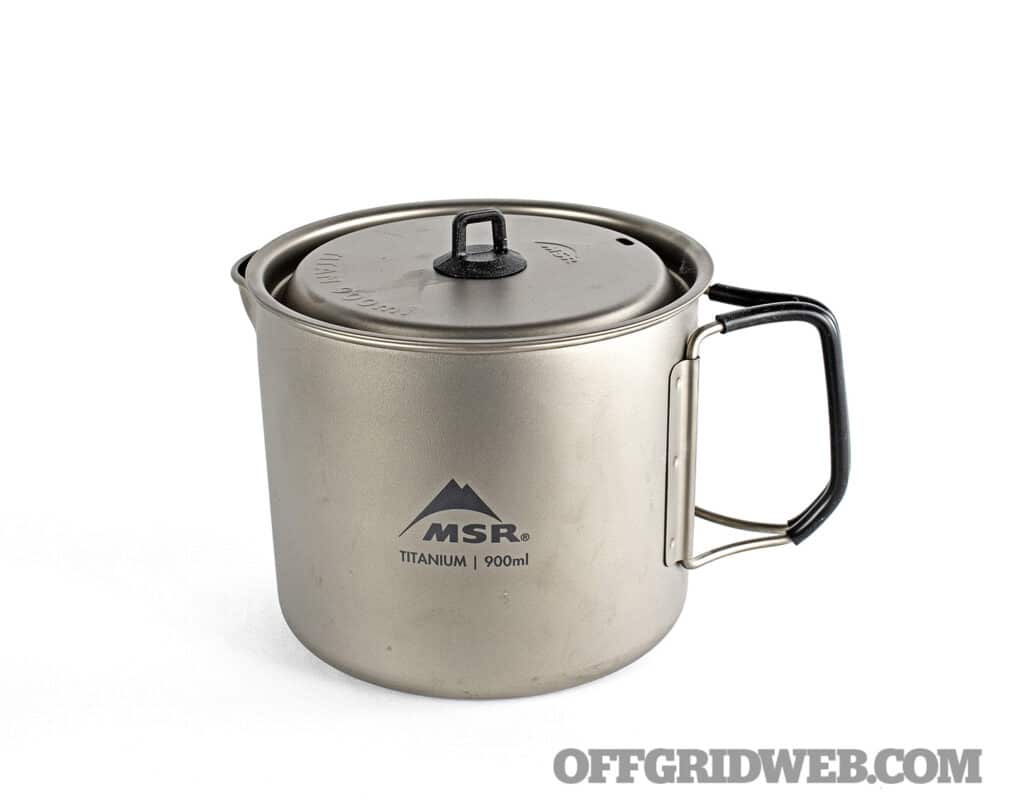
Mountain Safety Research Titan 900 mL Kettle
- DIMENSIONS: 4.9 by 4.4 inches
- MSRP: $65
- URL: cascadedesigns.com
NOTES
Since 1969, Mountain Safety Research (MSR) has been outdoors blazing the trail in groundbreaking innovation like few others have. MSR’s iconic line includes camp stoves, water treatment solutions, tents, snowshoes, and much more. You’re not likely to find a serious backpacker who isn’t using titanium cook pots these days. Odds are pretty good that the company you’re likely to find with a lot of campers and solo backpackers is MSR. The Titan 900mL Kettle weighs just 4.4 ounces thanks to its titanium construction. Titanium is half the weight of steel and twice as strong as aluminum.
Large enough to store a 4-ounce fuel canister and a pocket rocket stove or one 8-ounce canister, this kettle helps you save room for your cooking necessities. With the new and improved pouring spout to help hydrate freeze-dried meals, silicone comfort grip-coated folding handles, and precise measurement embossments on the side, this kettle is great for meal prep or as a dedicated cook pot. Few things are more satisfying than knowing you’ve got food or water heating over the fire after a long day on the trial.

Oakley SI Ballistic M Frame 2.0
- LENS: PPE
- MSRP: $165
- URL: oakleysi.com
NOTES
Oakley has long been a leader and innovator in the eyewear market and continues to lead the charge today. The Oakley SI Ballistic M Frame 2.0 is in the running for the ultimate eyewear for personal protection equipment (PPE). With razor-sharp clarity from edge to edge, you’ll see zero distortion. Surpassing ANSI Z87.1 Industrial Standards for high-mass and high-velocity impact protection, they’re perfectly at home at the indoor range, shoot house, warehouse, or in the field.
One of the features making the M Frame so formidable in the market is the ability to change out the lens to fit the specific environment you find yourself in. Unobtainium ear socks and nose pads increase grip and comfort while under stress of exertion, sweat, and weather. Lightweight and comfortable, the Ballistic M Frames come with a hard case with slide lock and a micro-fiber cleaning sock that can be used as an alternate form of protection should you abandon the hard case.
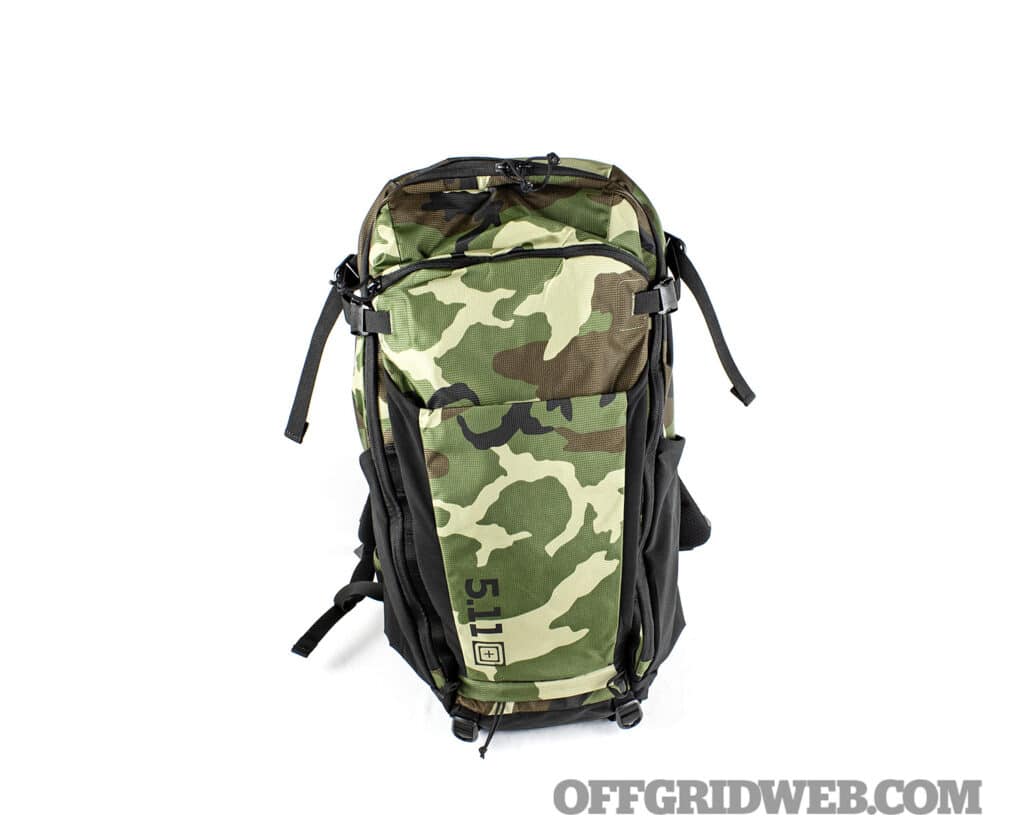
5.11 Skyweight 36L
- CAPACITY: 36 liters
- MSRP: $210
- URL: 511tactical.com
NOTES
The Skyweight is more akin to your day hiker’s backpack than the operator style packs 5.11 is known for. Keeping with the same rugged toughness you expect from 5.11, but with a feel geared more for the trail than midnight assault operation. Weighing in at 1.3 kilograms in part due to the light-but-tough 330D material on the main body, this pack will help you lighten your load with contoured padded shoulder straps, load lifters, and a padded waist belt to shift the load from hips to shoulders throughout your travels.
Compression straps at the top of the main body not only shrink down the profile of the pack, but they also keep the load close to your body to reduce fatigue from fighting shifting weight. Tucked inside is a high-vis blaze orange rainfly to keep gear safe from the elements but also is great to use as a signaling panel. Conveniently located on the outside is a “stuff-it” pocket for quick access as well as two bottom gear loops for additional gear on the underside. Offered in M81 Woodland or as it is affectionately known “God’s Plaid.”
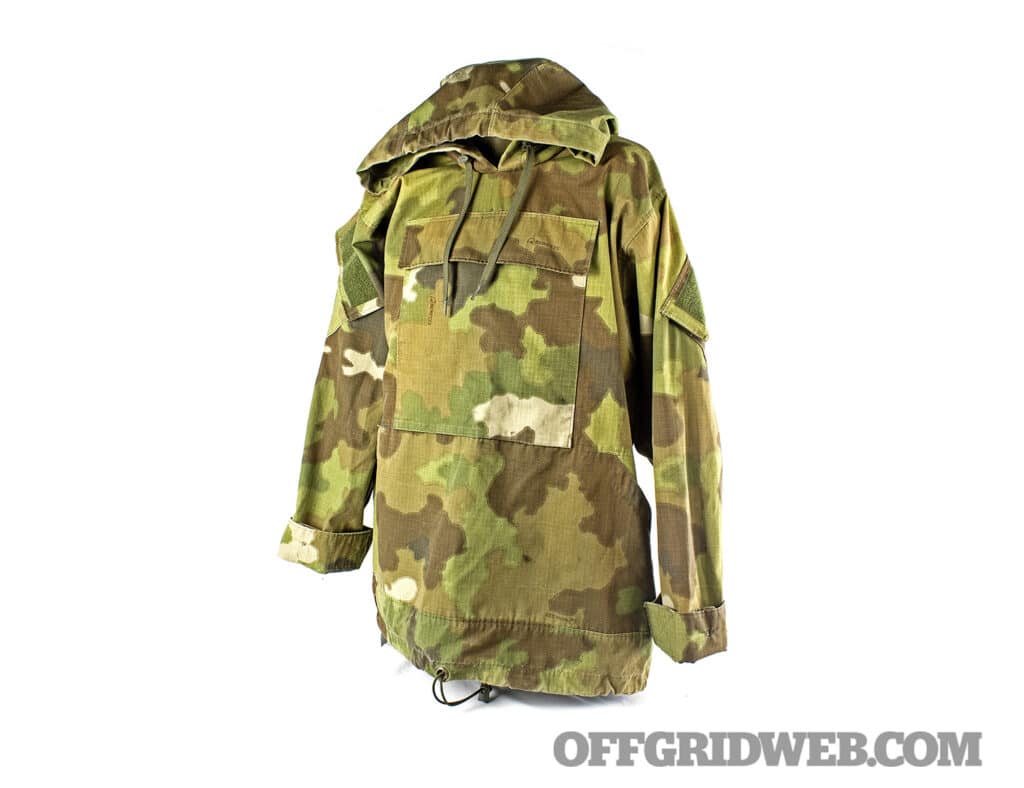
0241 Pull Over
- POCKETS: 4
- MSRP: $260
- URL: 0241tactical.com
NOTES
This isn’t your run-of-the-mill pullover hoodie. No, the 0241 Pullover is a hard-use, veteran designed, tough-built piece of rugged outdoor clothing made from Nyco ripstop. You’ll want to make sure you buy a size larger than usual if you want a little room as these have absolutely no stretch to them. Jammed full of features, this is a great over garment or a stand-alone.
Adjustable cuffs, raid mod shoulder-mounted pockets with loop Velcro for identifier patches, cinch waist, oversized hood compatible with helmets, large main chest pocket (kangaroo pouch) suitable for a weatherproof map sleeve, and two back stash pockets. Available in common military camouflage patterns as well as nearly two-dozen obscure and highly regarded patterns from militaries worldwide. Sizes range from small to XXX large. These run in military sizes. If you wear a large in civilian clothing, go down a size unless you intend to use this as an overgarment covering a coat.

Dead Air Silencers Mojave 45
- CALIBER: Multi
- MSRP: $1,099
- URL: deadairsilencers.com
NOTES
After 10 years as an industry leader in shushing most things that go bang, Dead Air once again sets the standard. The Mojave 45 is a 3D-printed silencer made from 6AL-4V DMLS titanium, 7075 aluminum, and stainless steel. Dead Air used their patent pending Triskelion “Gas Management System” to not only reduce the audible report of the round but also reduce felt recoil. This means a more pleasurable recoil impulse, making shooting less physically taxing and is great when teaching beginners.
Upon arrival, the can is ready to mount straight onto your 45 ACP handgun. If you intend to mount this to a fixed barrel such as a 350 Legend hunting rifle, you’ll need to order a separate mount, as the thread pitch is different as well as a spacer to preserve the internal piston system. In full auto, the Mojave is ready for 45 auto with no barrel length restrictions as well as 300 BLK subsonic with an 8-inch barrel minimum. For semi-auto, you can run 300 BLK supersonic, 350 Legend, 400 Legend and 450 Bushmaster Subs, .357 Mag, and .44 Mag lever actions with 16-inch barrels.
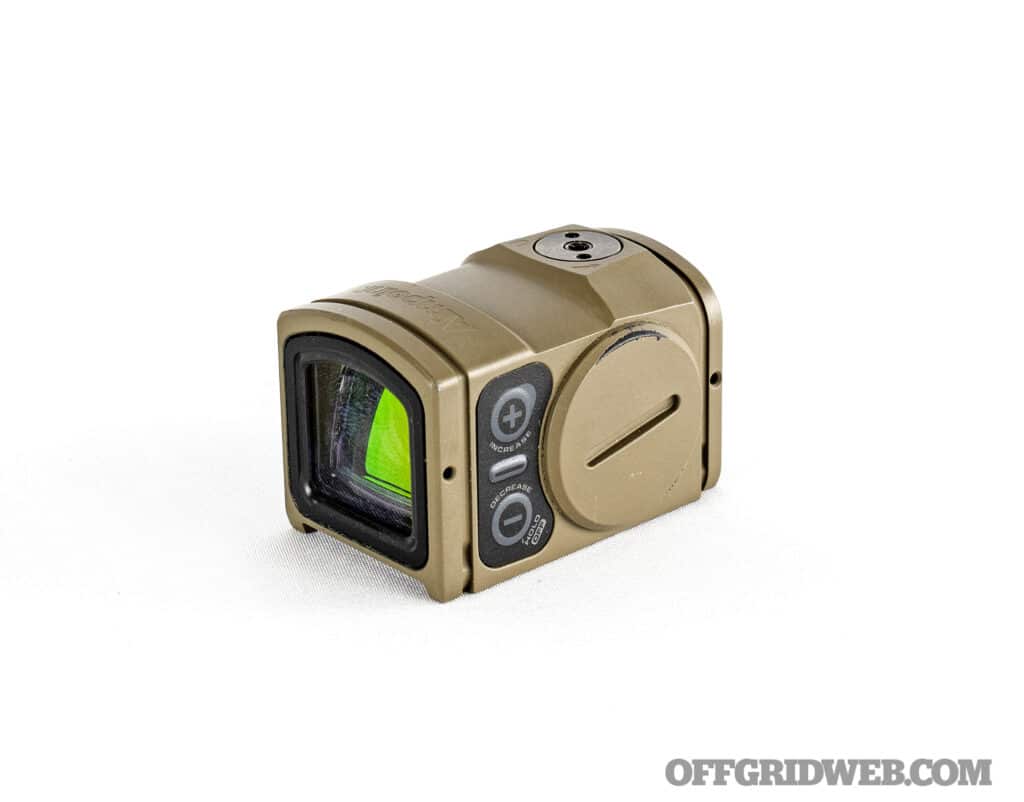
Aimpoint ACRO P-2 3.5 MOA
- EMITTER: Closed
- MSRP: $650
- URL: aimpoint.us
NOTES
There are stories of soldiers’ guns being destroyed in IEDs; however, the Aimpoint would still be functionable even with cracked lenses. The ACRO keeps up with the legendary toughness that warriors, LEOs, and competition shooters count on. Featuring a fully enclosed emitter to keep the rain and humidity from turning your nice round dot into a spiderweb, the ACRO P-2 weighs in at just 2.1 ounces with an aperture measuring .59x.59 or 15x15mm. Flush-mounted windage and elevation adjustments require an Aimpoint sight tool to adjust, but this ensures you won’t be inadvertently interrupting your meticulously sighted optic. While the ACRO was designed to be low profile and narrow enough to fit nicely onto the slide of your pistol, it doesn’t shy away from the work to be done mounted on a rifle or even a shotgun.

Nestout Power Bank 15000mAh
- COLORS: Black, Gray, Tan
- MSRP: $60
- URL: nestout.com
NOTES
Try as we might, it’s tough to get away from our dependance on electronics even in the outdoors. There’s no question as to how valuable smartphones can be should you need a topographical map, identify and differentiate edible and poisonous plants or more seriously to guide emergency services to your position. That said, we believe we should have support for our electronic devices. The Nestout Power Bank 15000mAh is as tough a power bank as we’ve found.
Waterproof, shock resistant, and dustproof, the Nestout is up for an afternoon on the trail or a multi-day expedition through the mountainside when paired with a two- or four-panel Outdoor Solar charger. Outfitted with tethered waterproof covers, there are two USB-A and one USB-C charging ports to provide a variety of simultaneous charging options. It’s available in tan, black, and gray as well as a catalog of accessories that’s being added to periodically. We have found the Outdoor Solar Panel and Flash-1 LED Light to be particularly useful.

Joolca Hottap Nomad Kit
- USE: Adventure
- MSRP: $600
- URL: joolca.com
NOTES
Perfect for car camping, homesteading, or to get through a power outage. The Hottap Nomad Kit is not only an on-demand propane-powered water heater, this kit is also a kitchen sink with drying rack and a shower head. All you need is a water source, a couple D cell batteries to power the water pump, and a propane tank to have hot water. There’s a thermostat built into the system, so you get a comfortable warm shower instead of scalded. With great water pressure even at 100 feet from the water source, you’ll be able to clean dishes and get a great shower.
The pump hose has a very capable filter to keep the pump and hose lines free from debris as well as a protective cone in case you need to throw the filter further out to get to a suitable depth of water. Assembly is very easy thanks to the color-coated hoses as well as an intuitive design. Articulating sink and shower heads with on/off flow switches make for ease of use and reduce water and energy waste. Joolca also offers mounting accessories for the heating unit and shower tents for overlanding rigs and RVs.
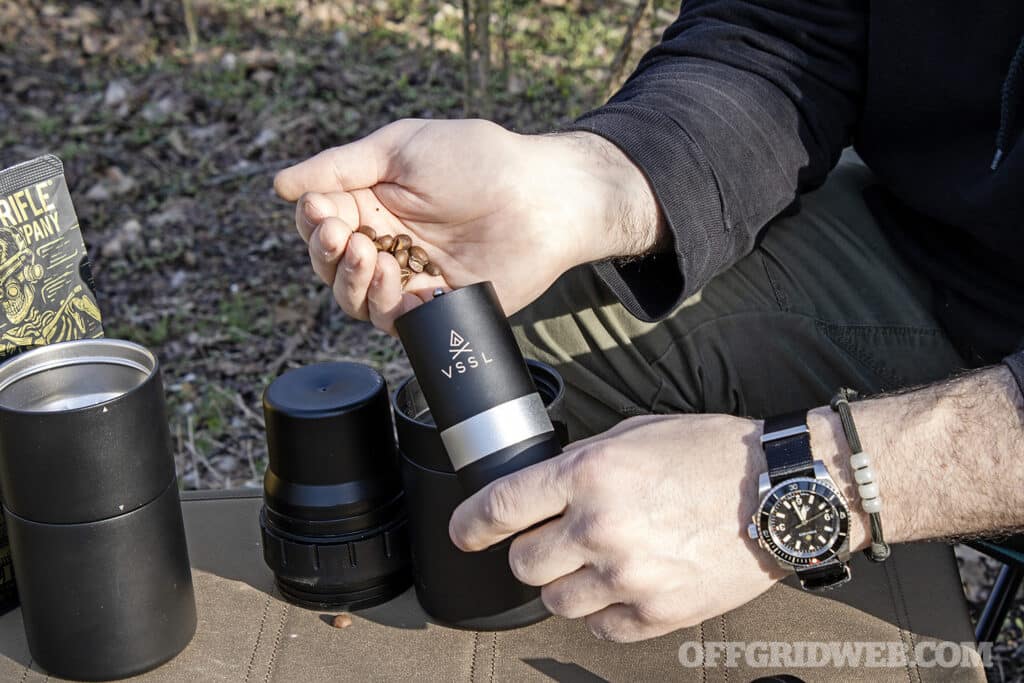
Top Picks
There are few things that bring people together like a good campfire. Be it morning or night, a fire possesses an ancestral pull on the human psyche. Around a blazing fire is where early humans sought counsel from elders and strengthened fellowship among friends. Today, the only thing that’s changed is the frequency in which we enjoy this tradition.
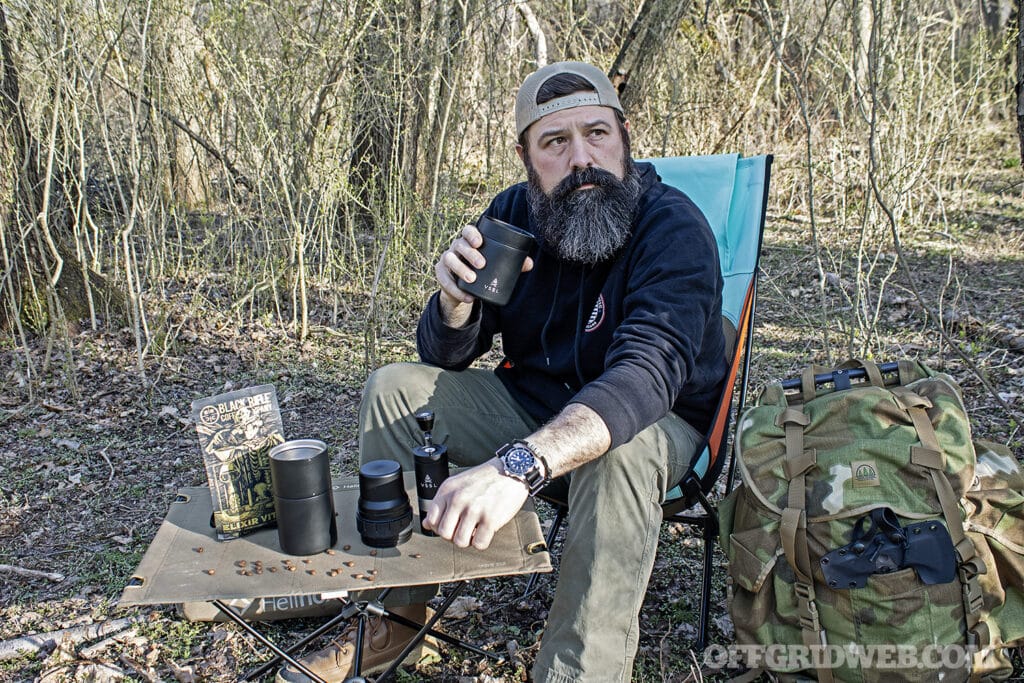
It is with this in mind that we have decided our two top items for this summer: the VSSL Pour Over Kit + Java G25 Grinder Gift Set and the Helinox Chair One High-Back (re). These two items have been mainstays at basecamp for us since they arrived. Nothing says “good morning” like a great cup of coffee, and the VSSL has all but the beans and water to make that happen. Helinox brings comfort to the fire circle, granting us more time with our elders and the fellowship of friends and family.
Read More From Issue 68
Don’t miss essential survival insights—sign up for Recoil Offgrid’s free newsletter today!
- Editor’s Letter Issue 68
- Foraging for Wild Edibles
- Book Review: Bushcraft Kid
- Haversack Review
- Practical Precision
- Medicinal Plants
Check out our other publications on the web: Recoil | Gun Digest | Blade | RecoilTV | RECOILtv (YouTube)
Editor’s Note: This article has been modified from its original version for the web.

